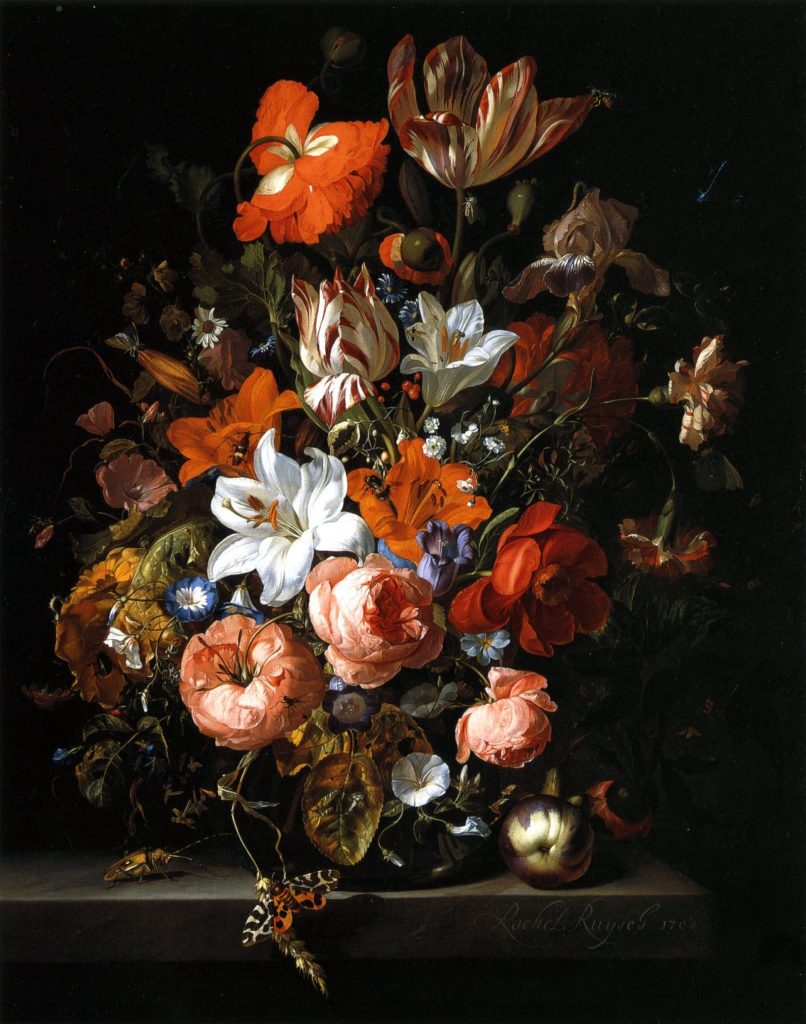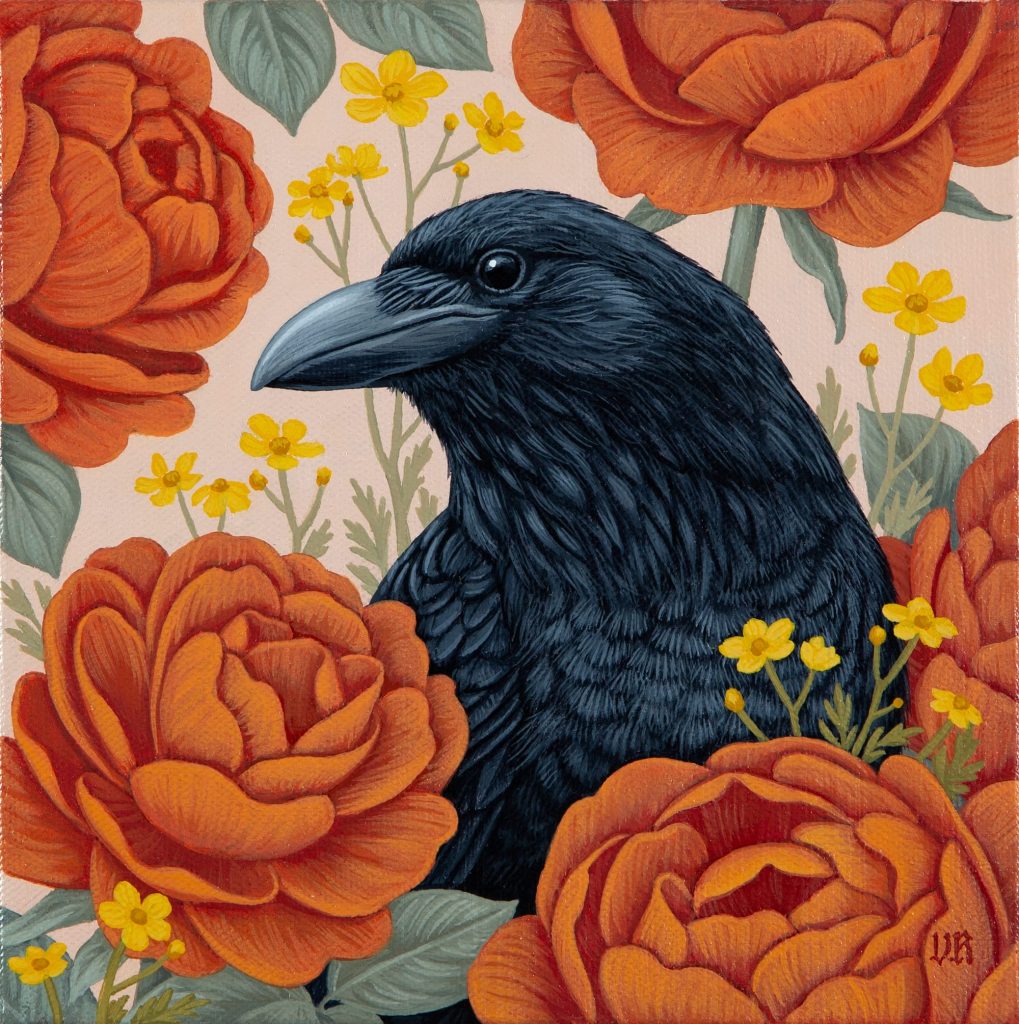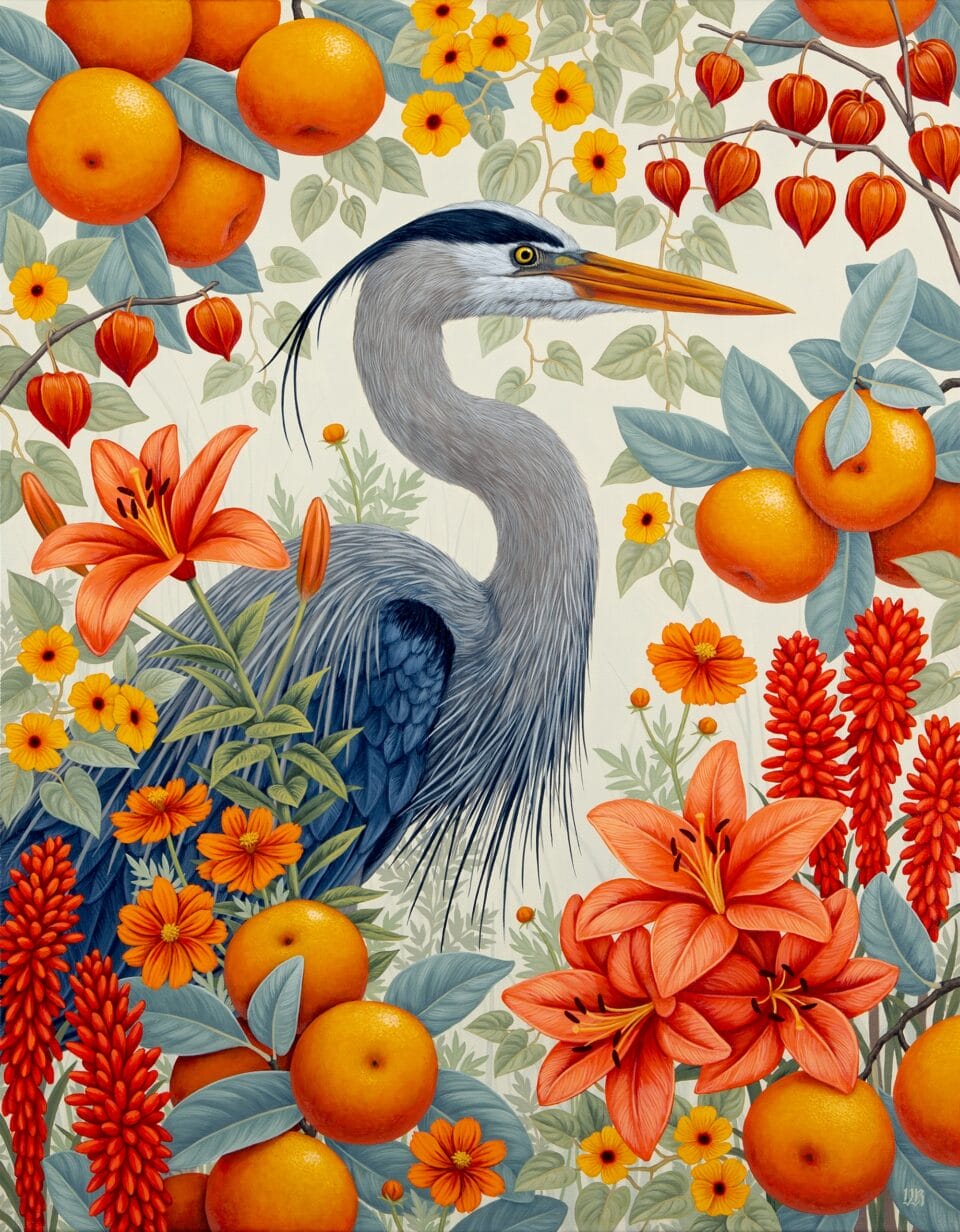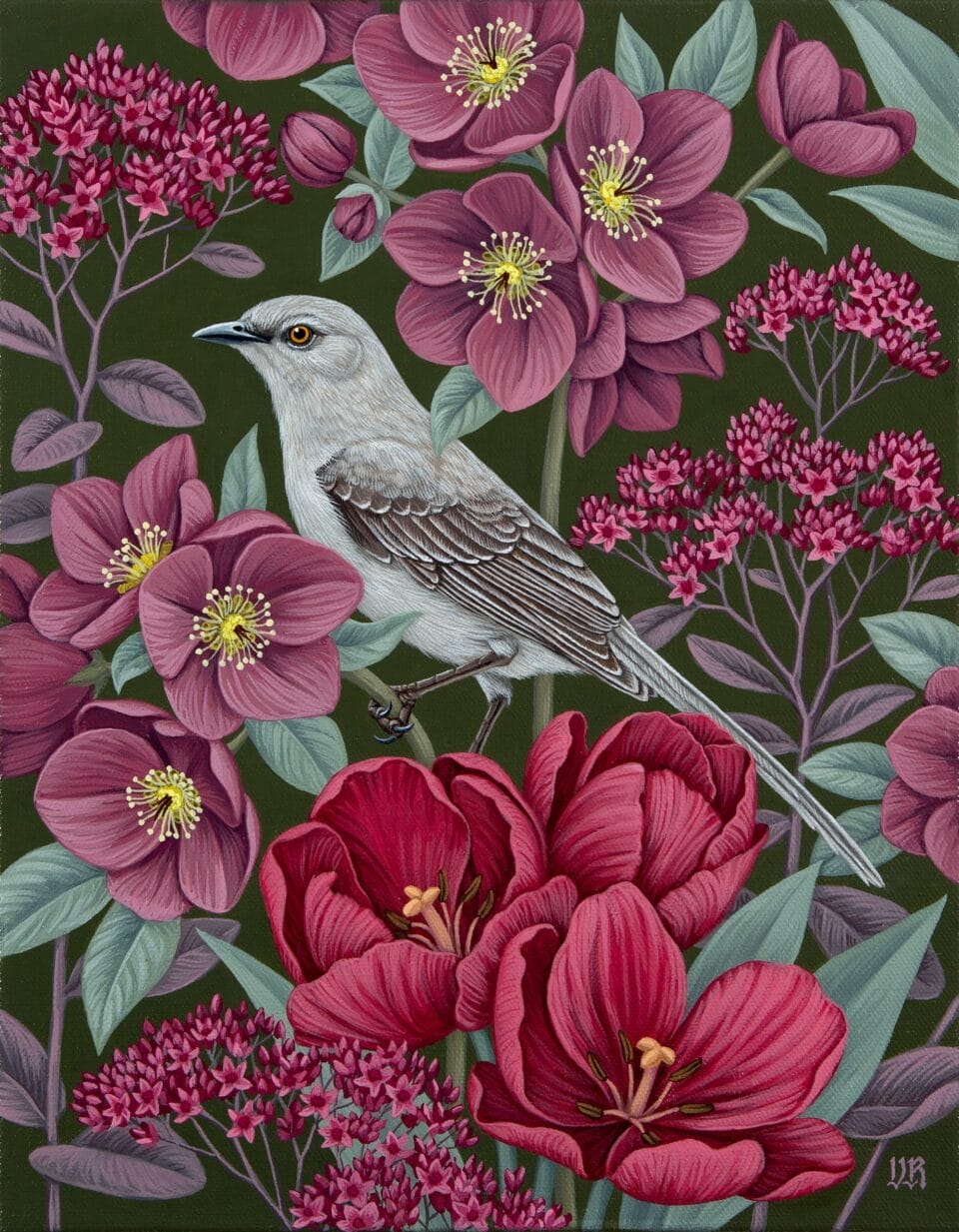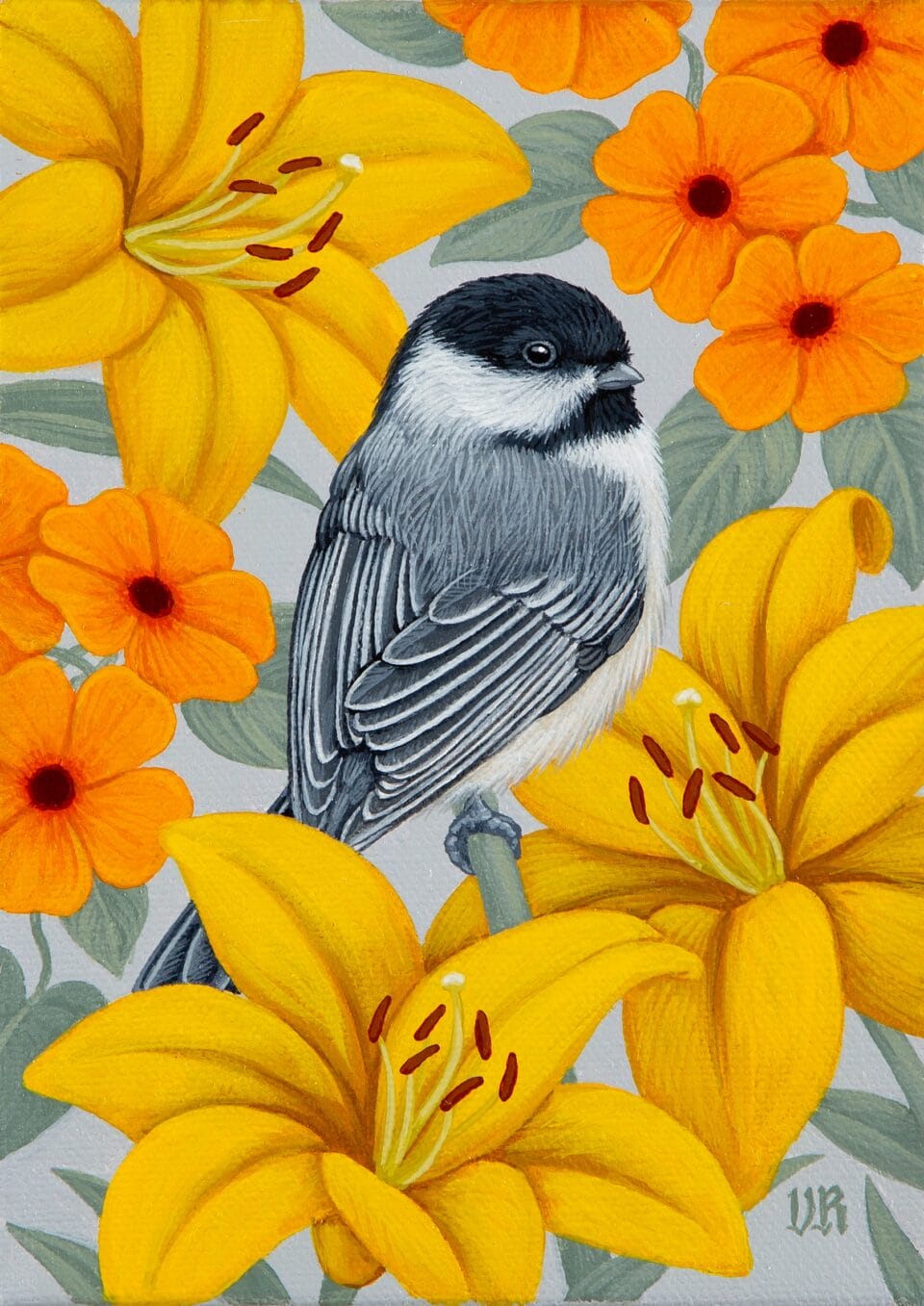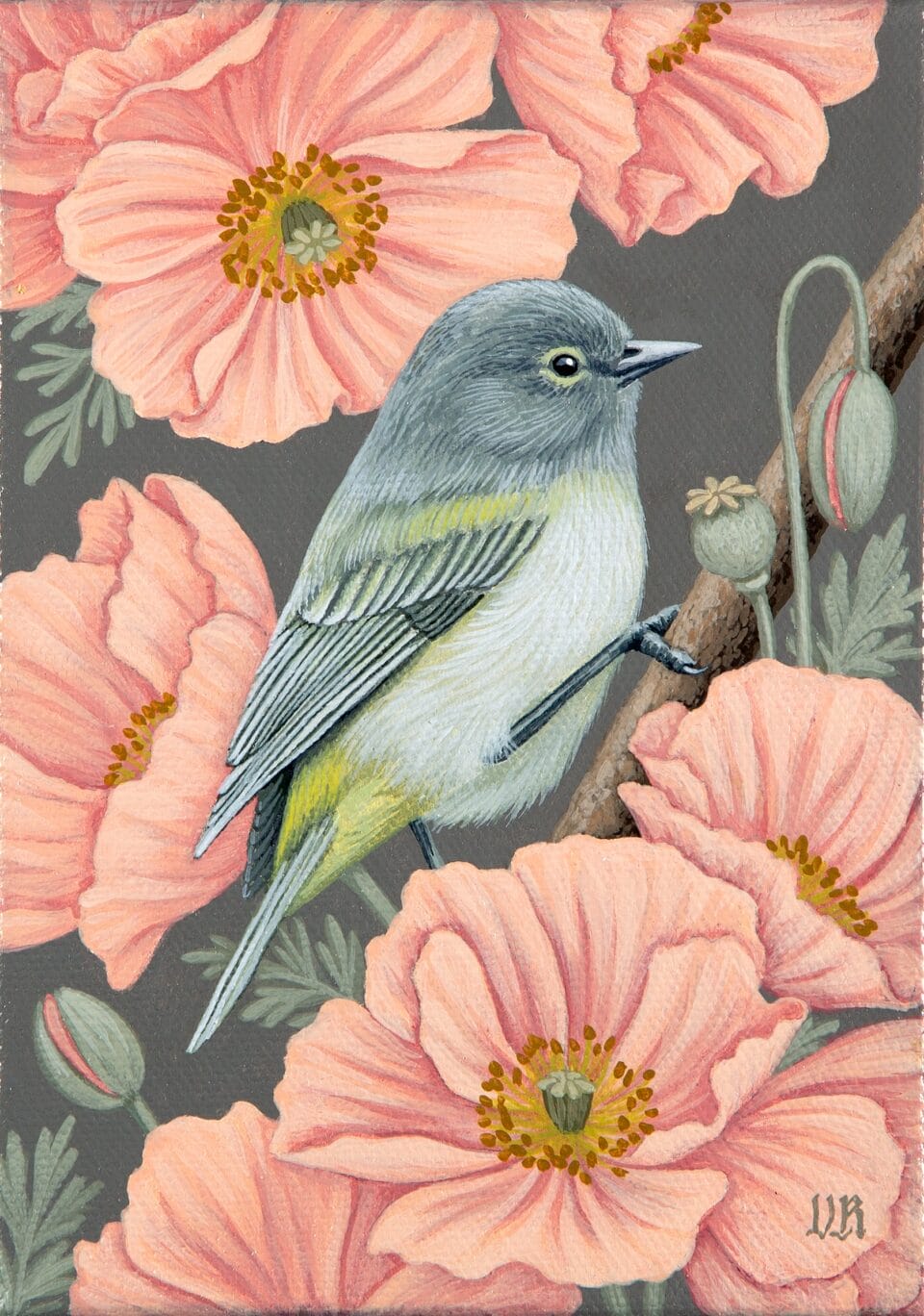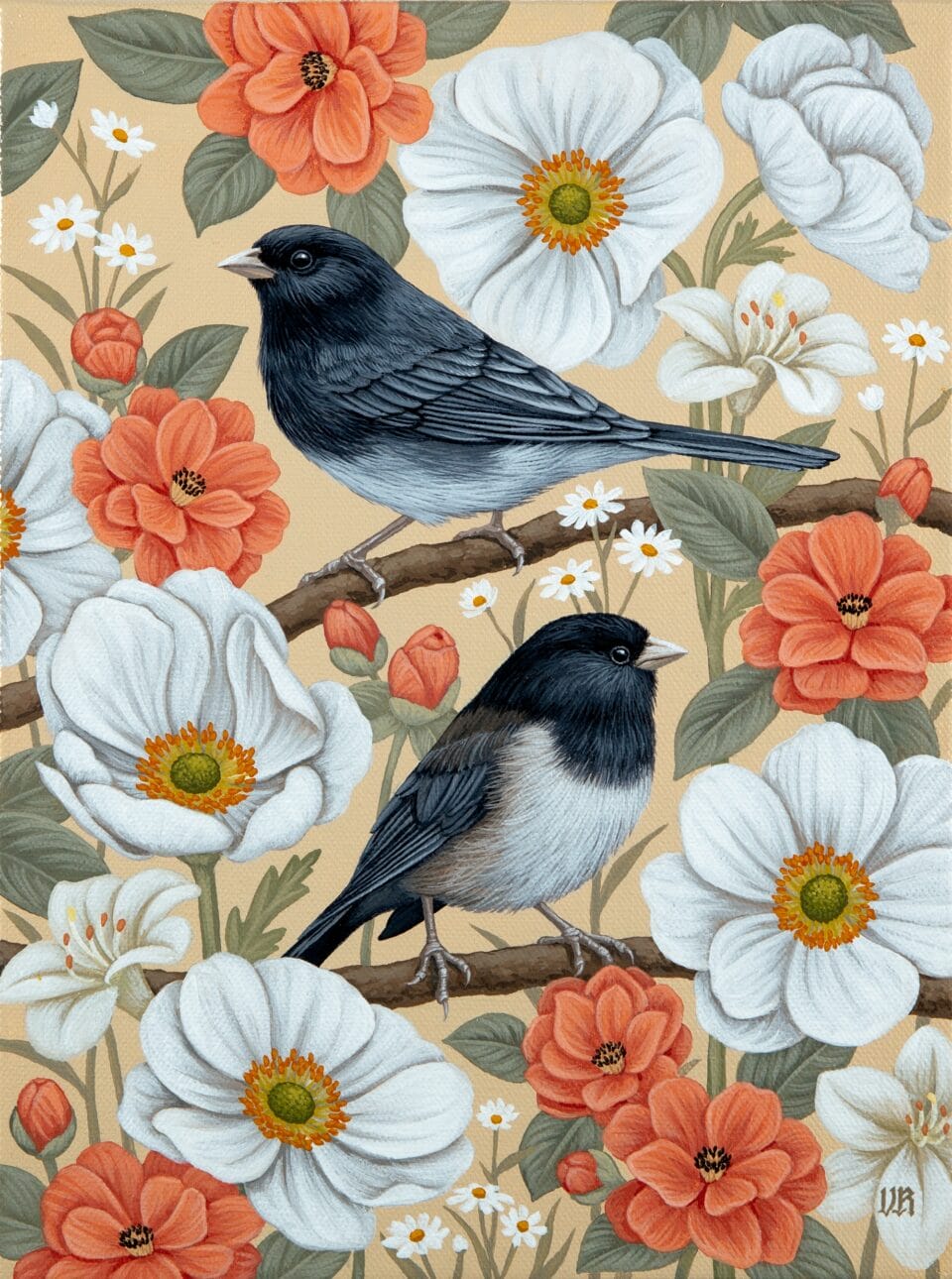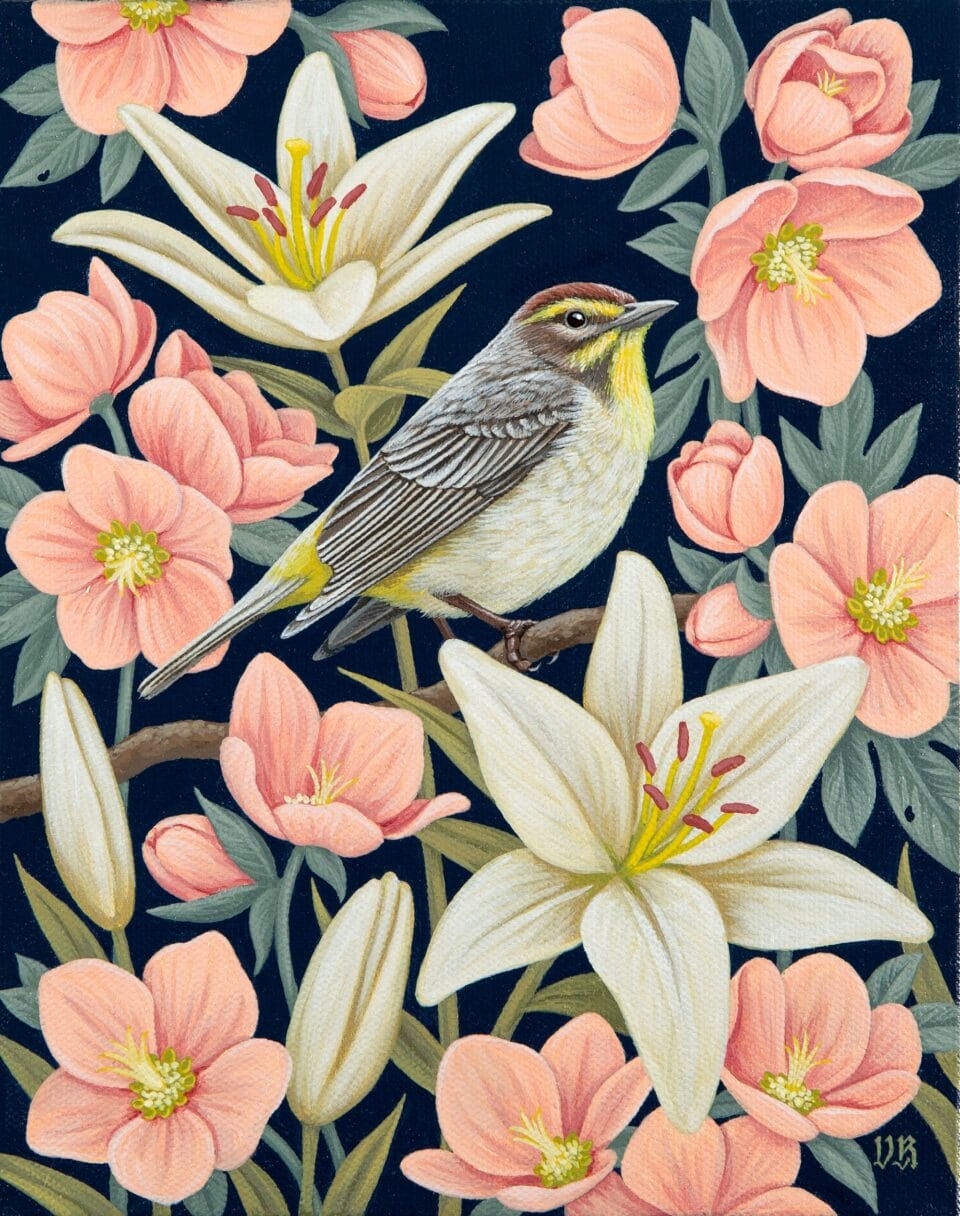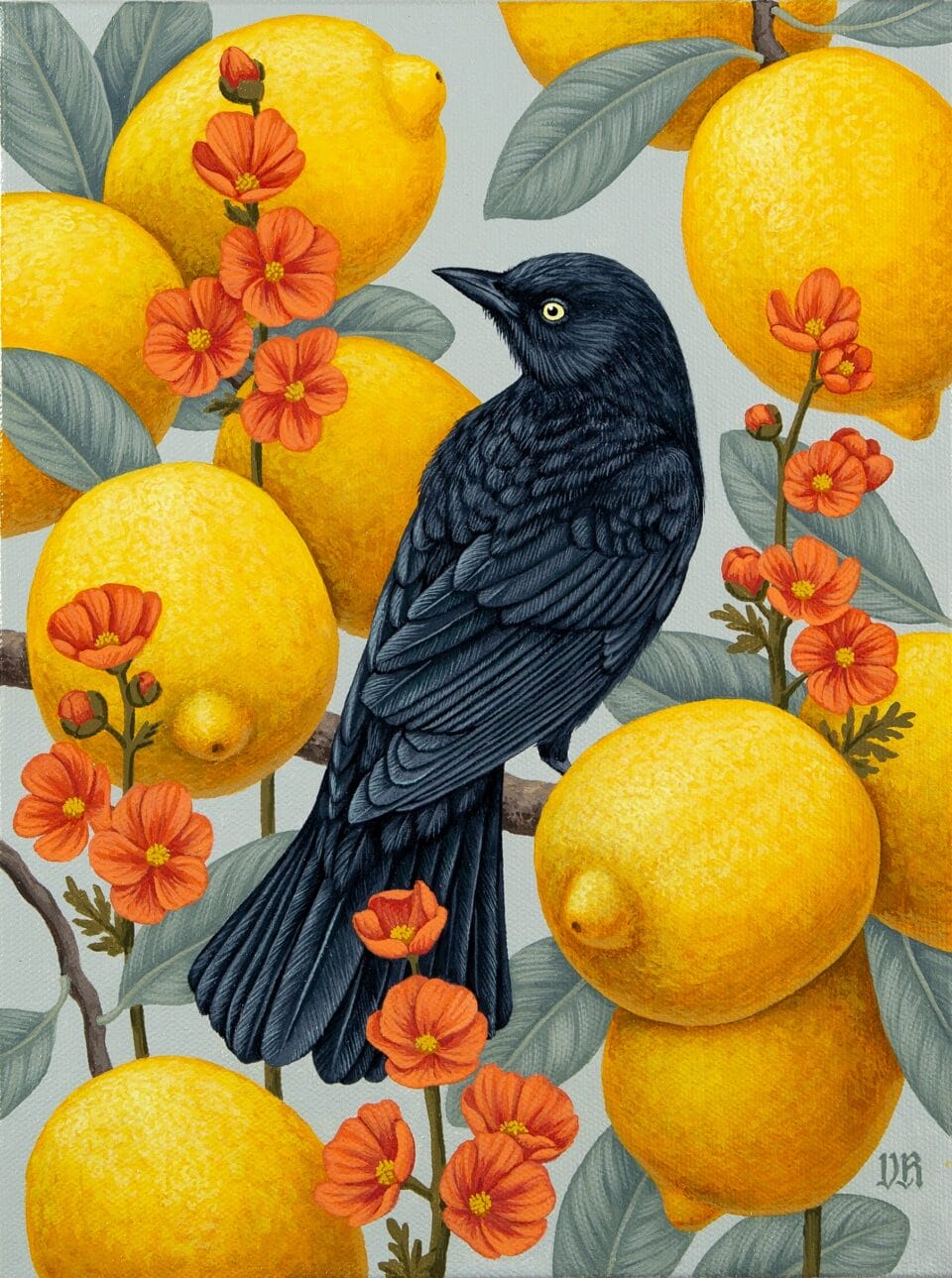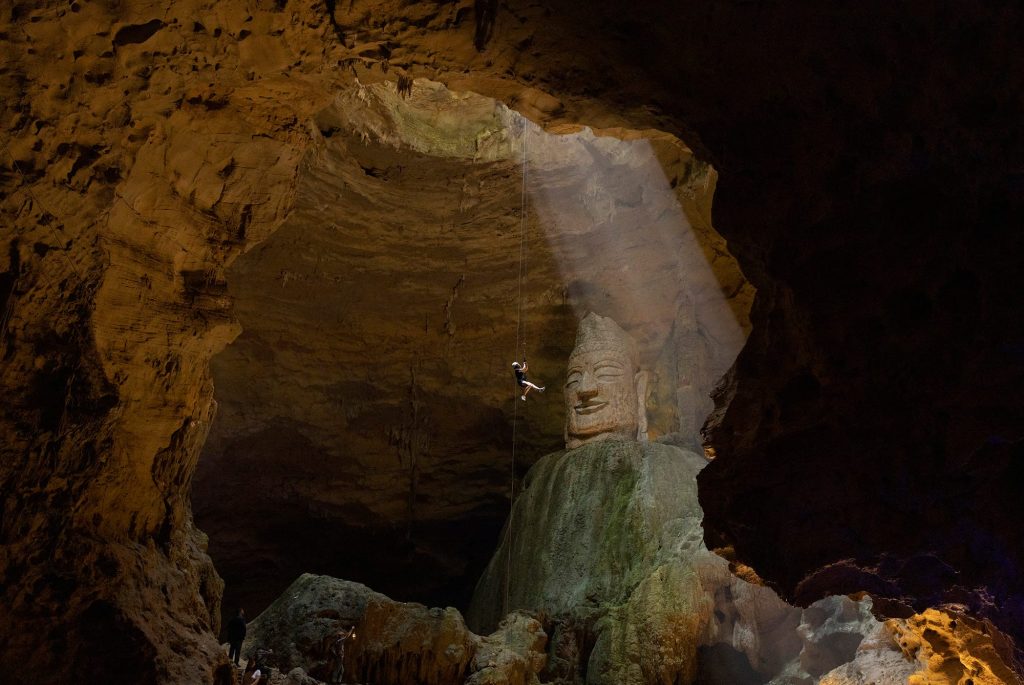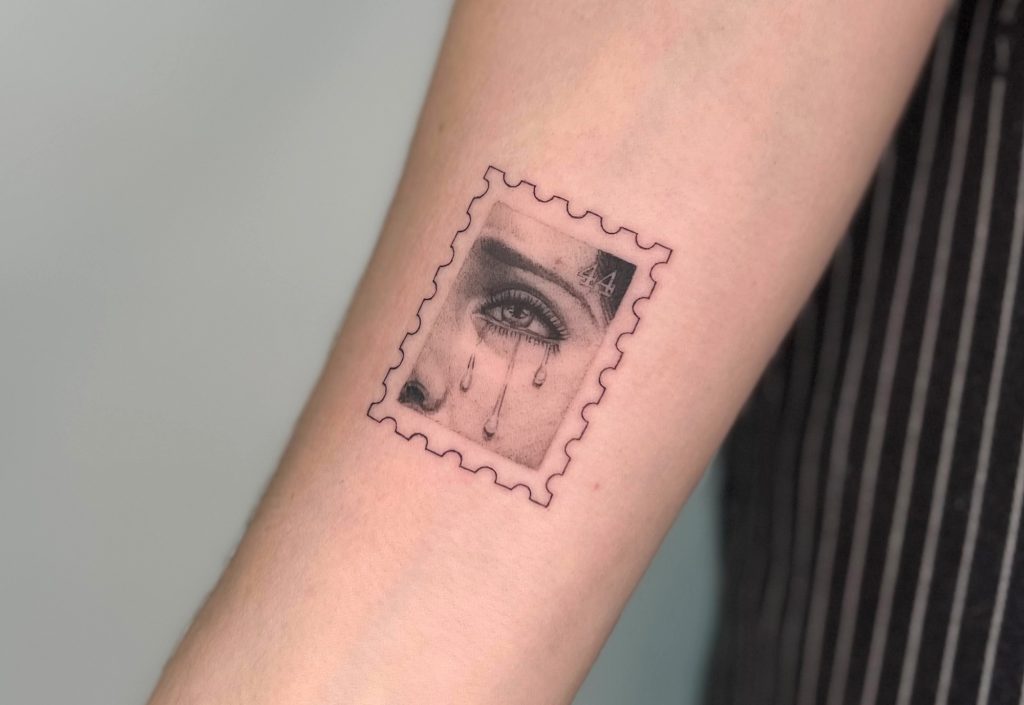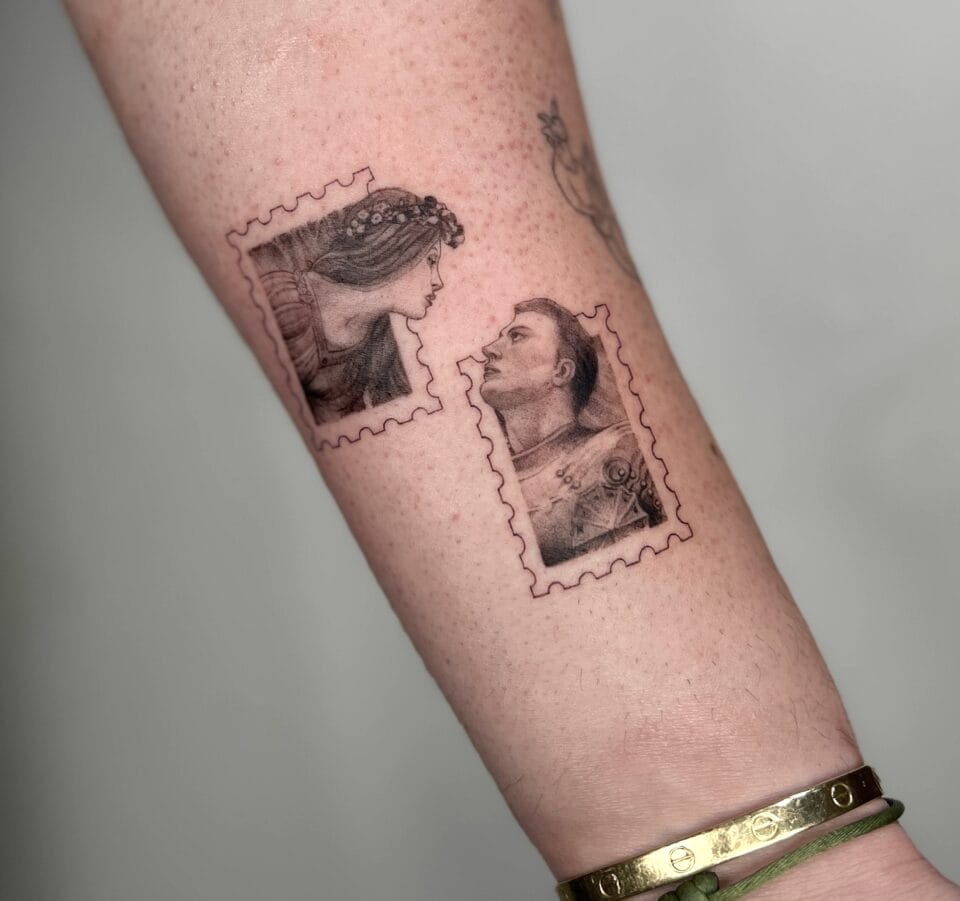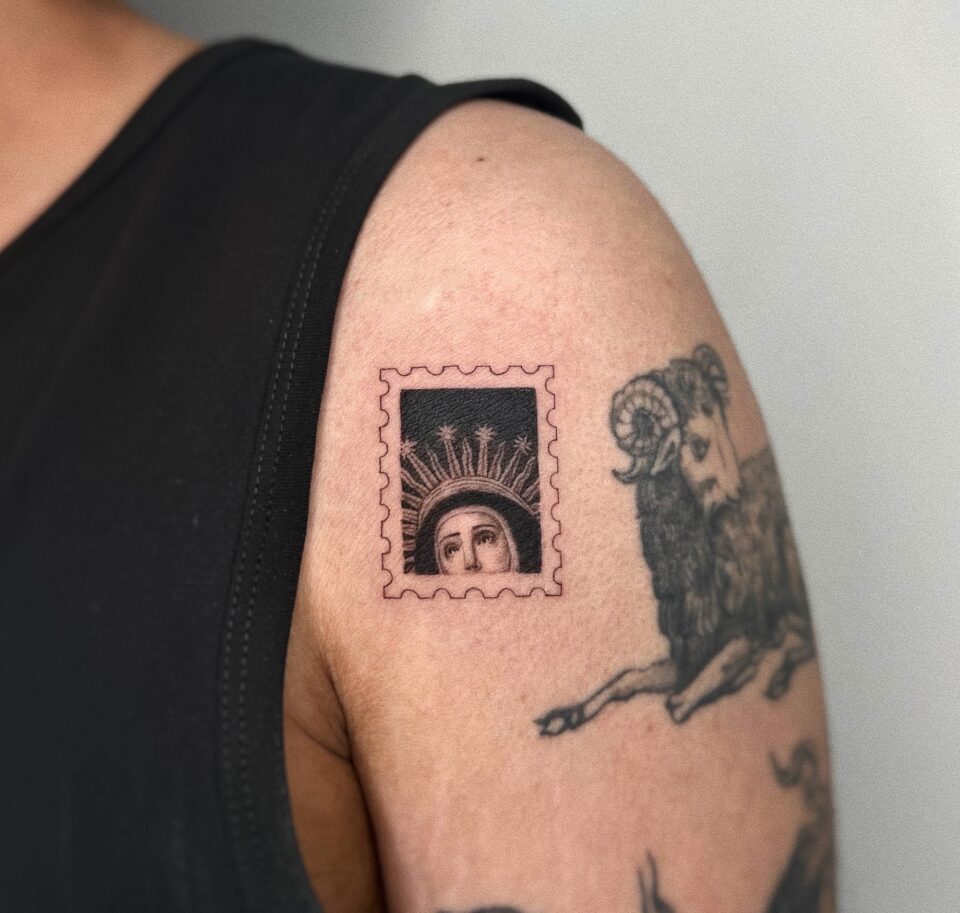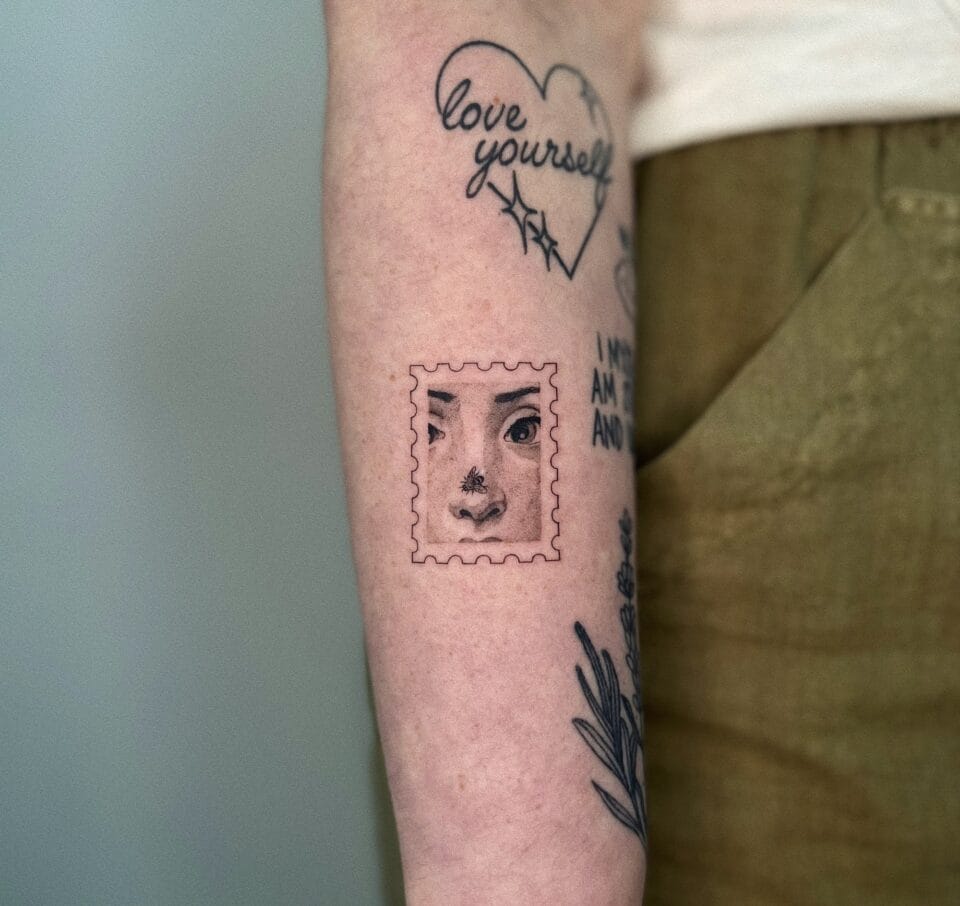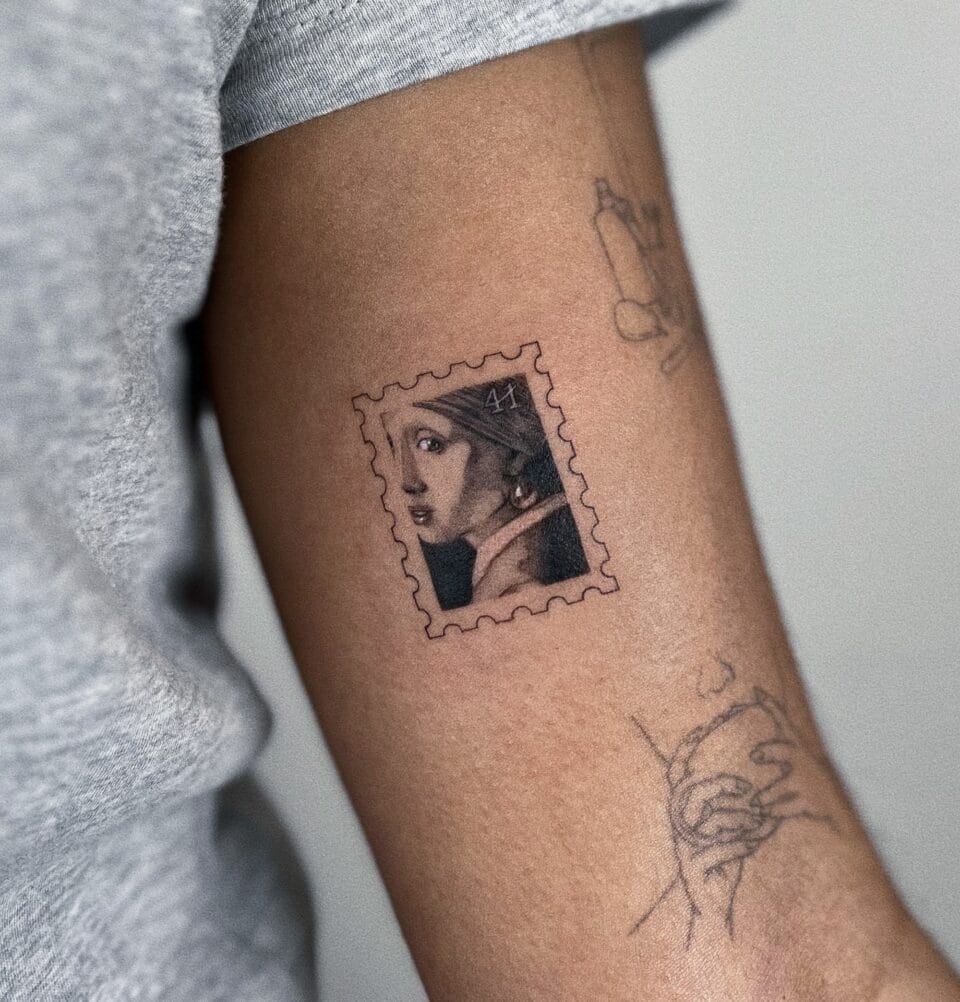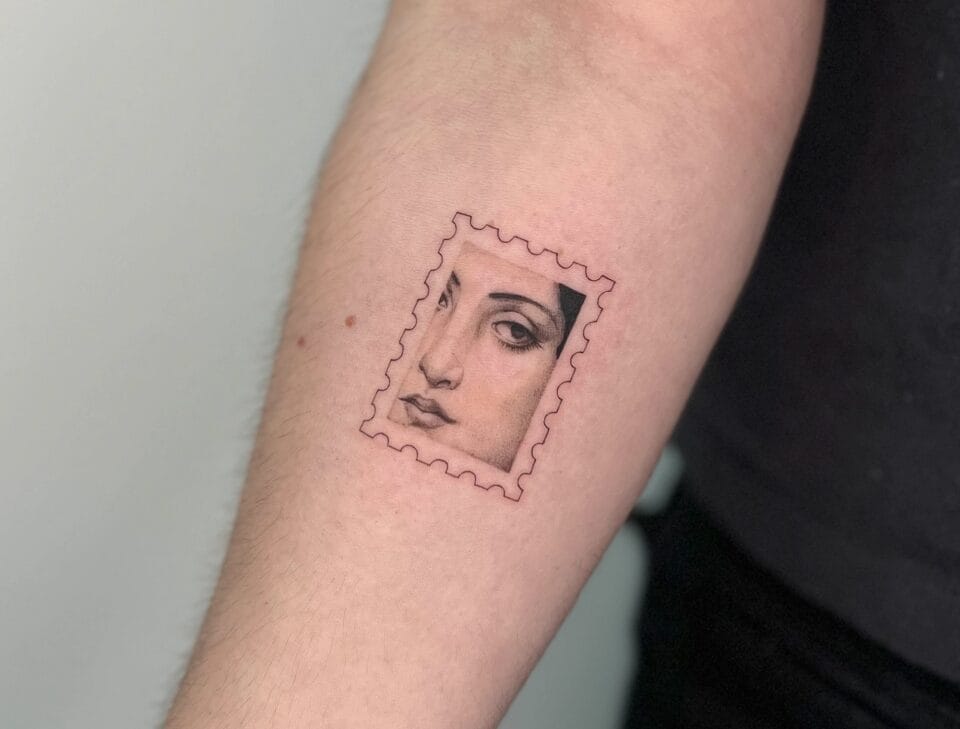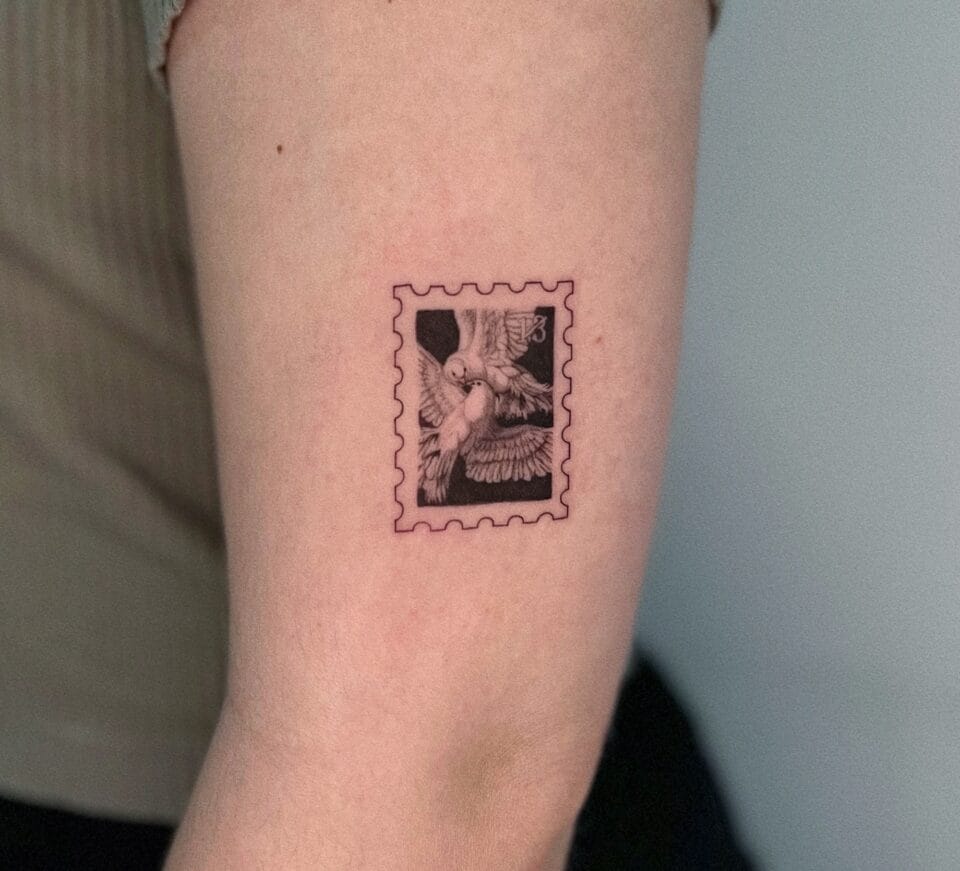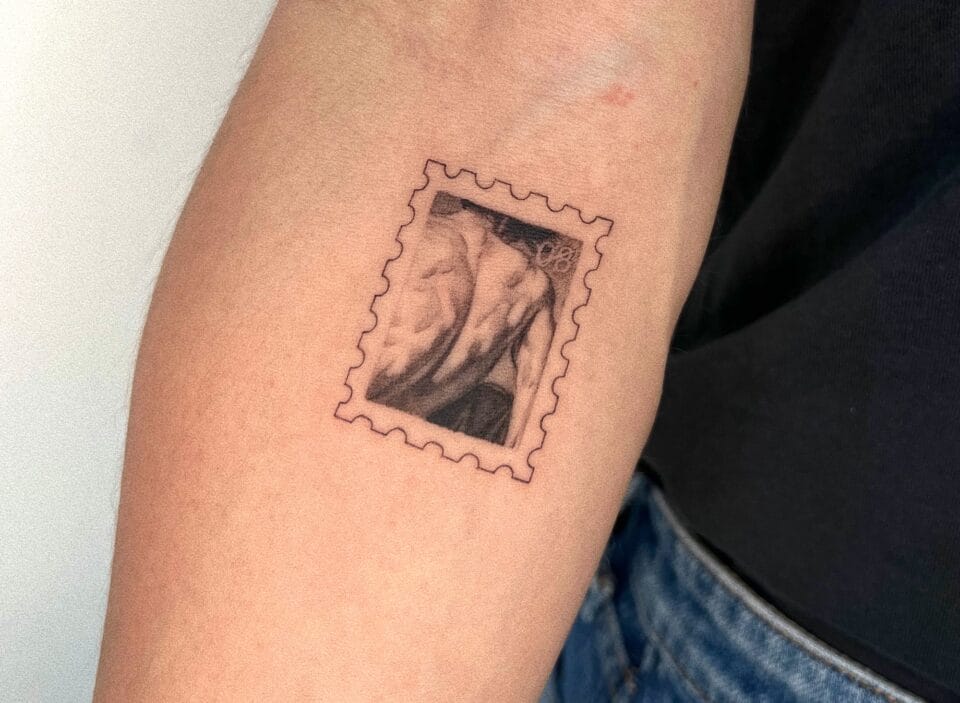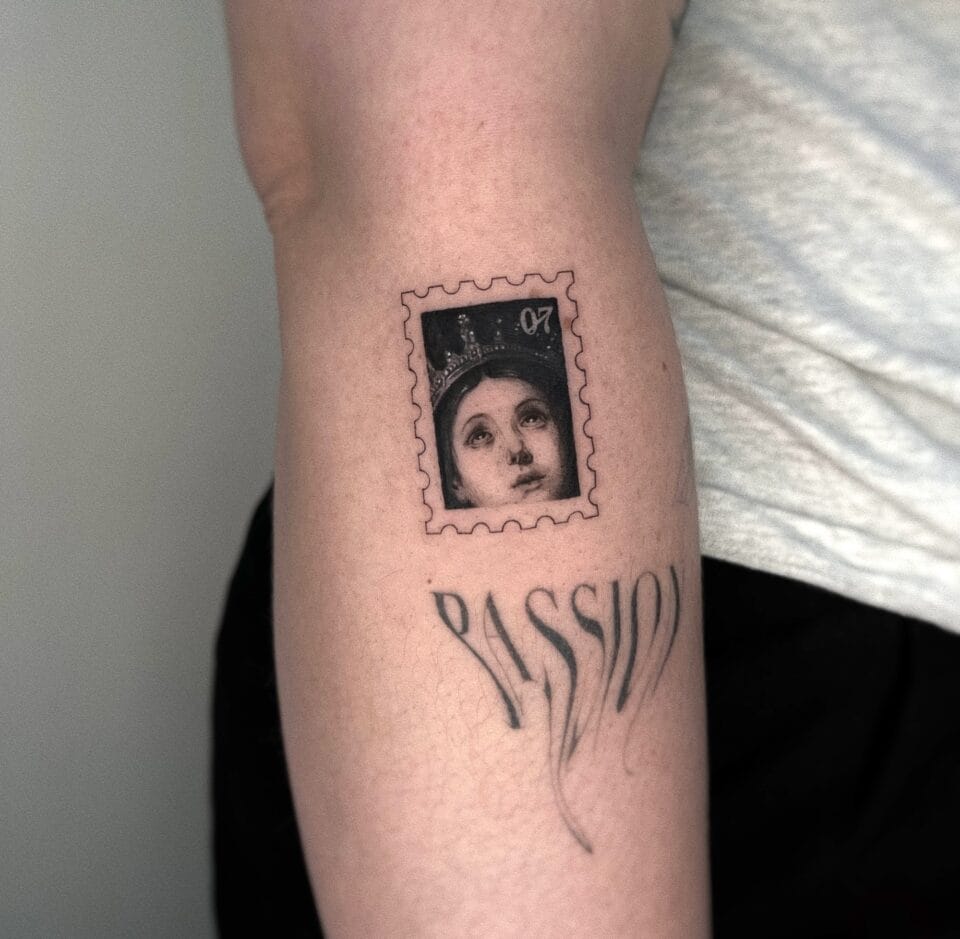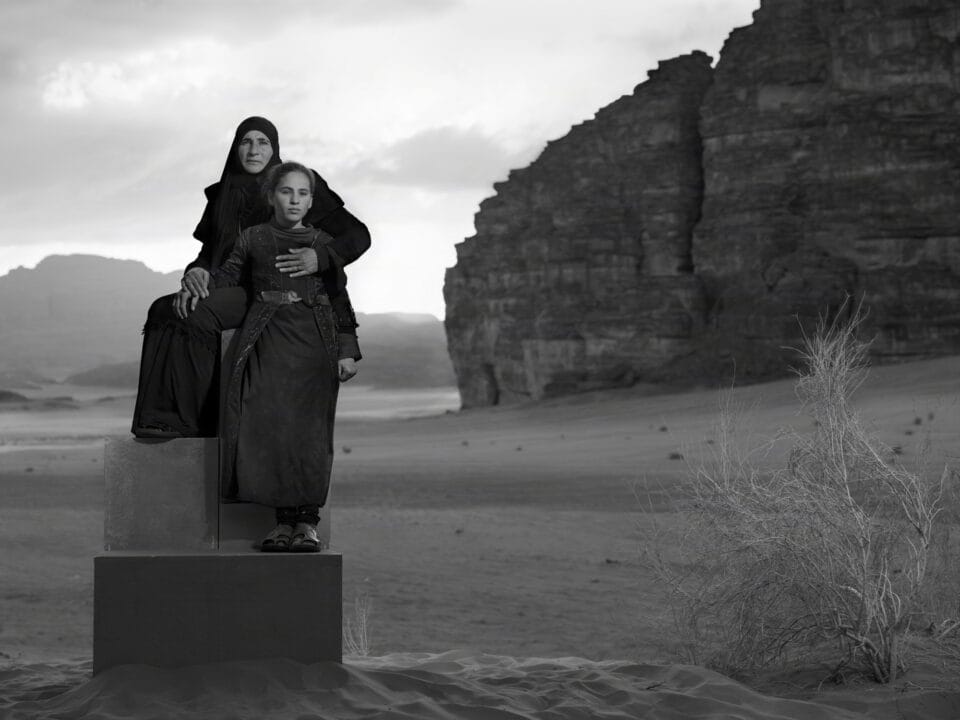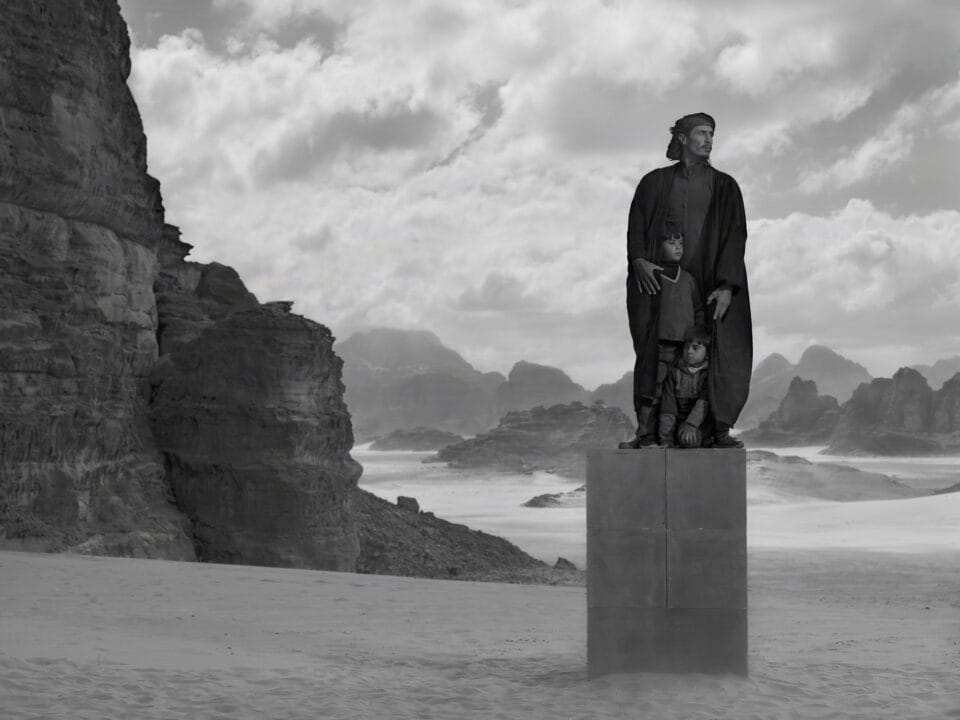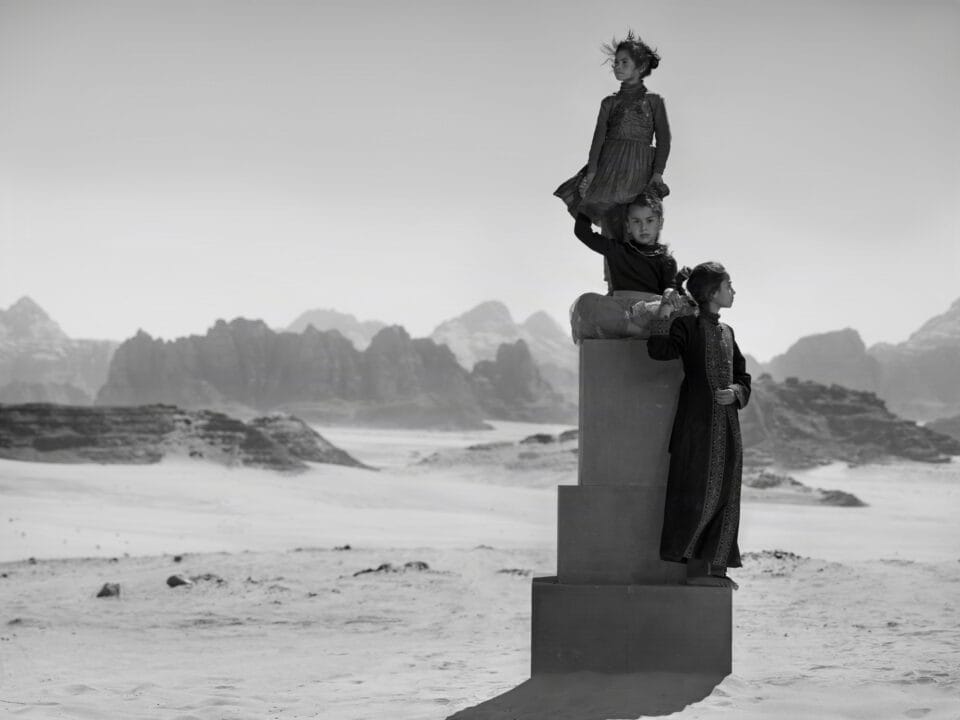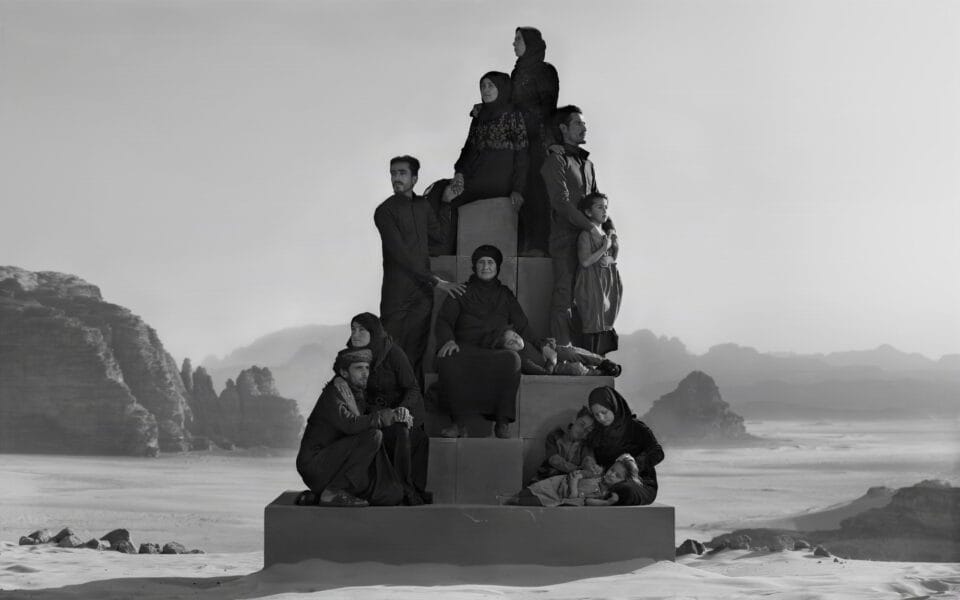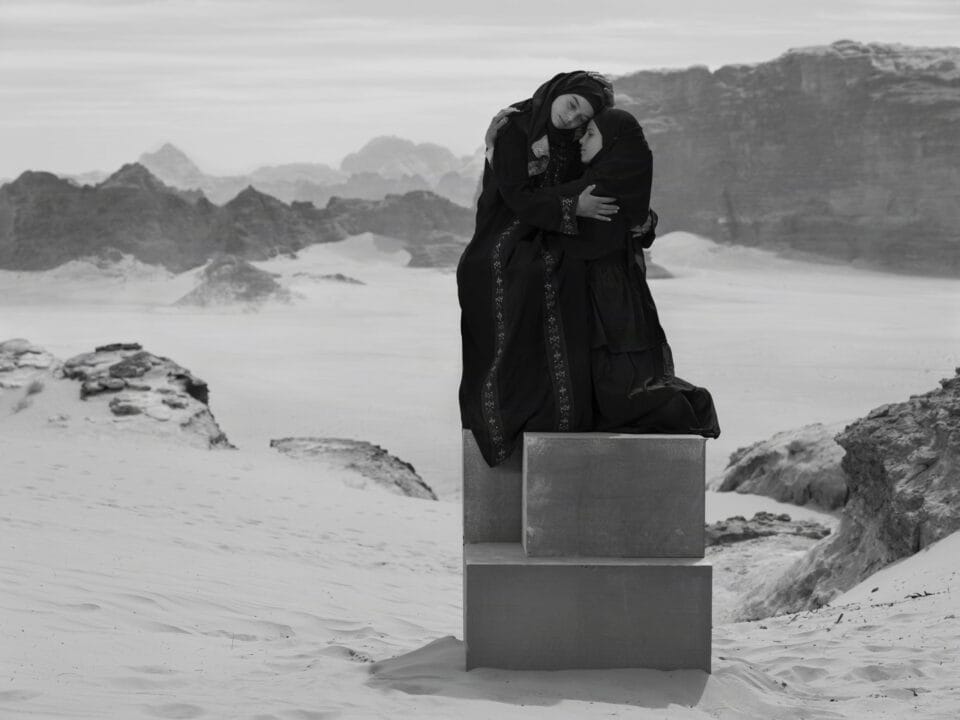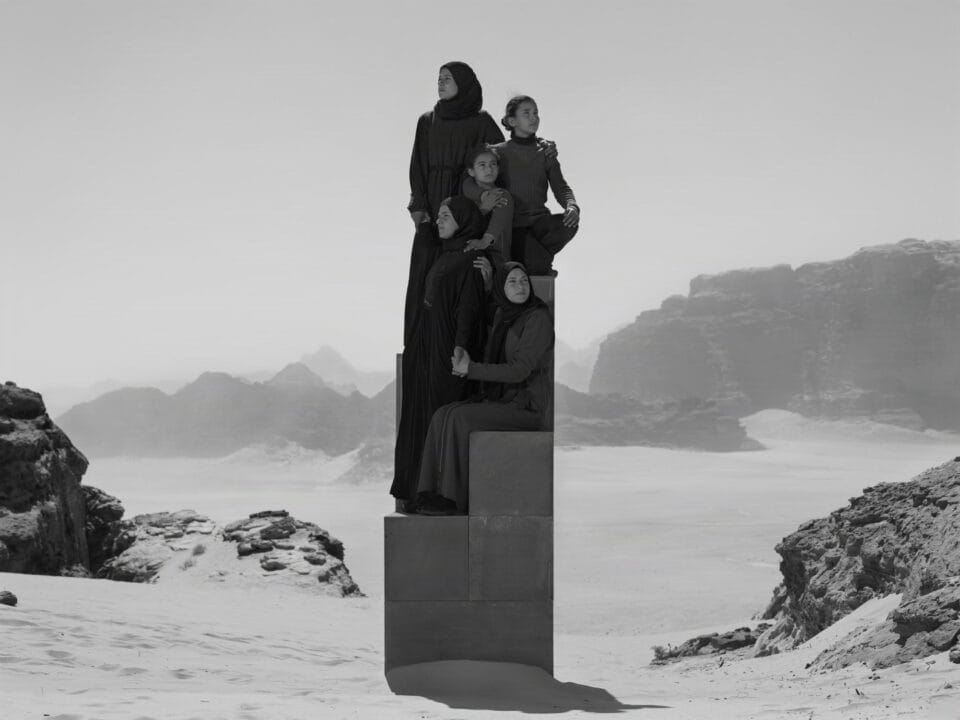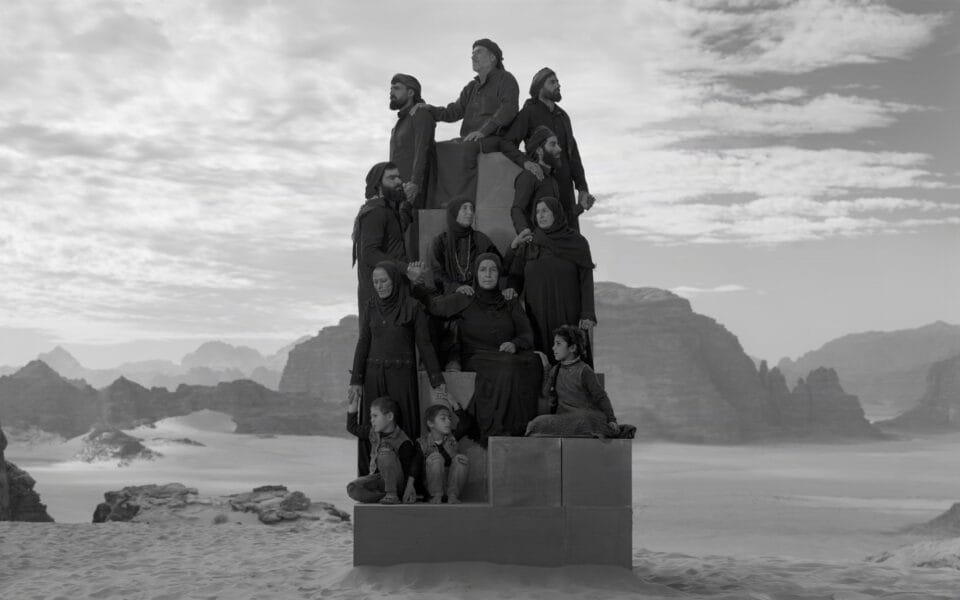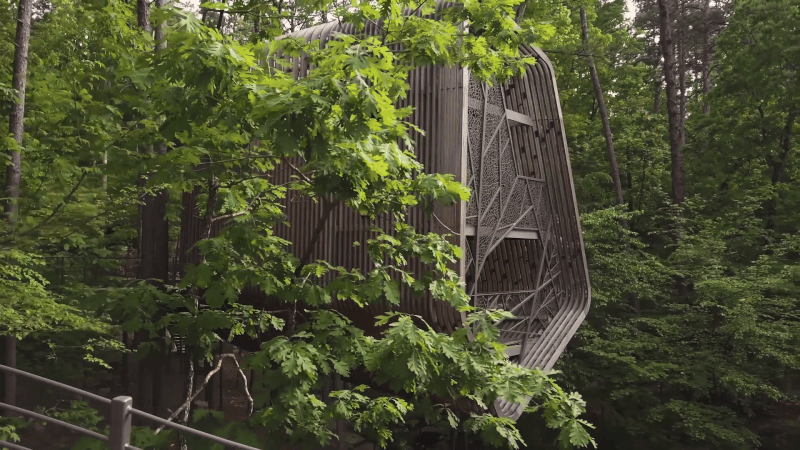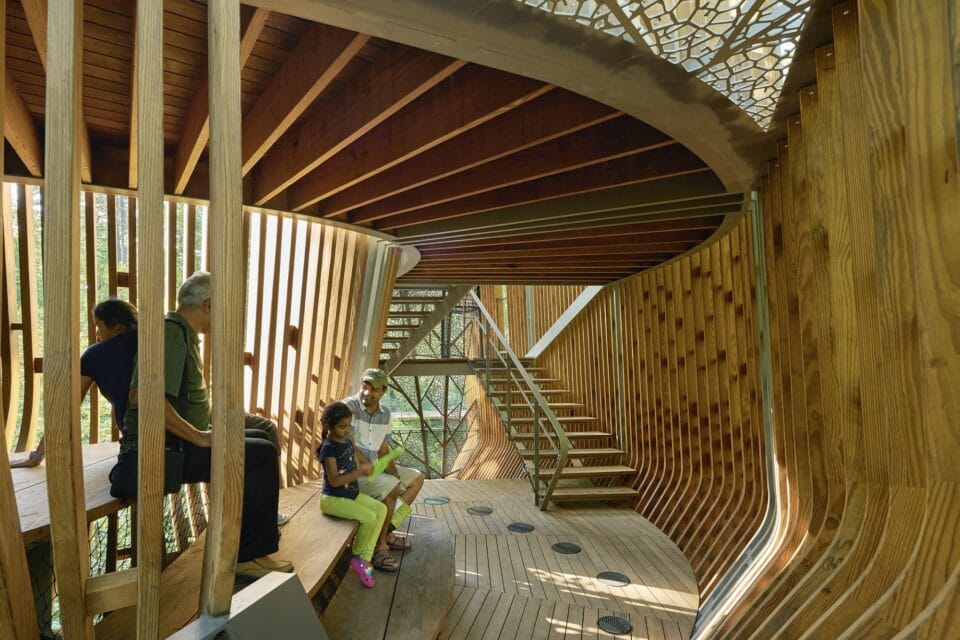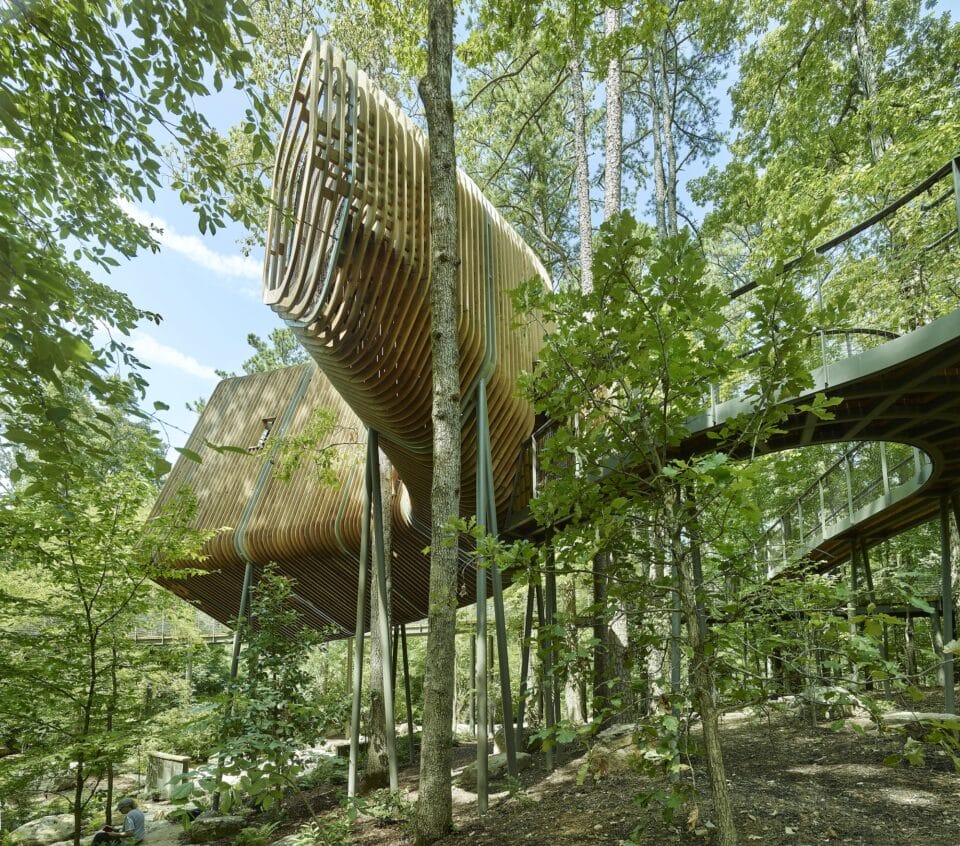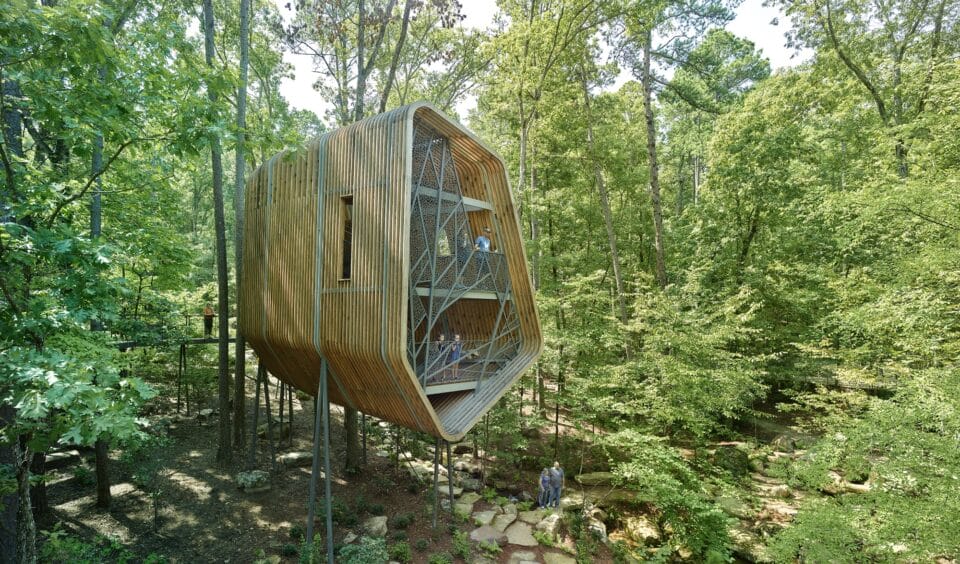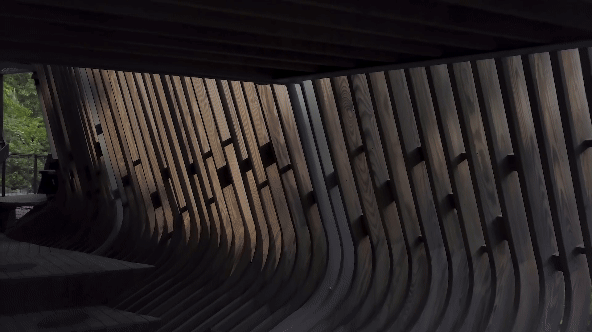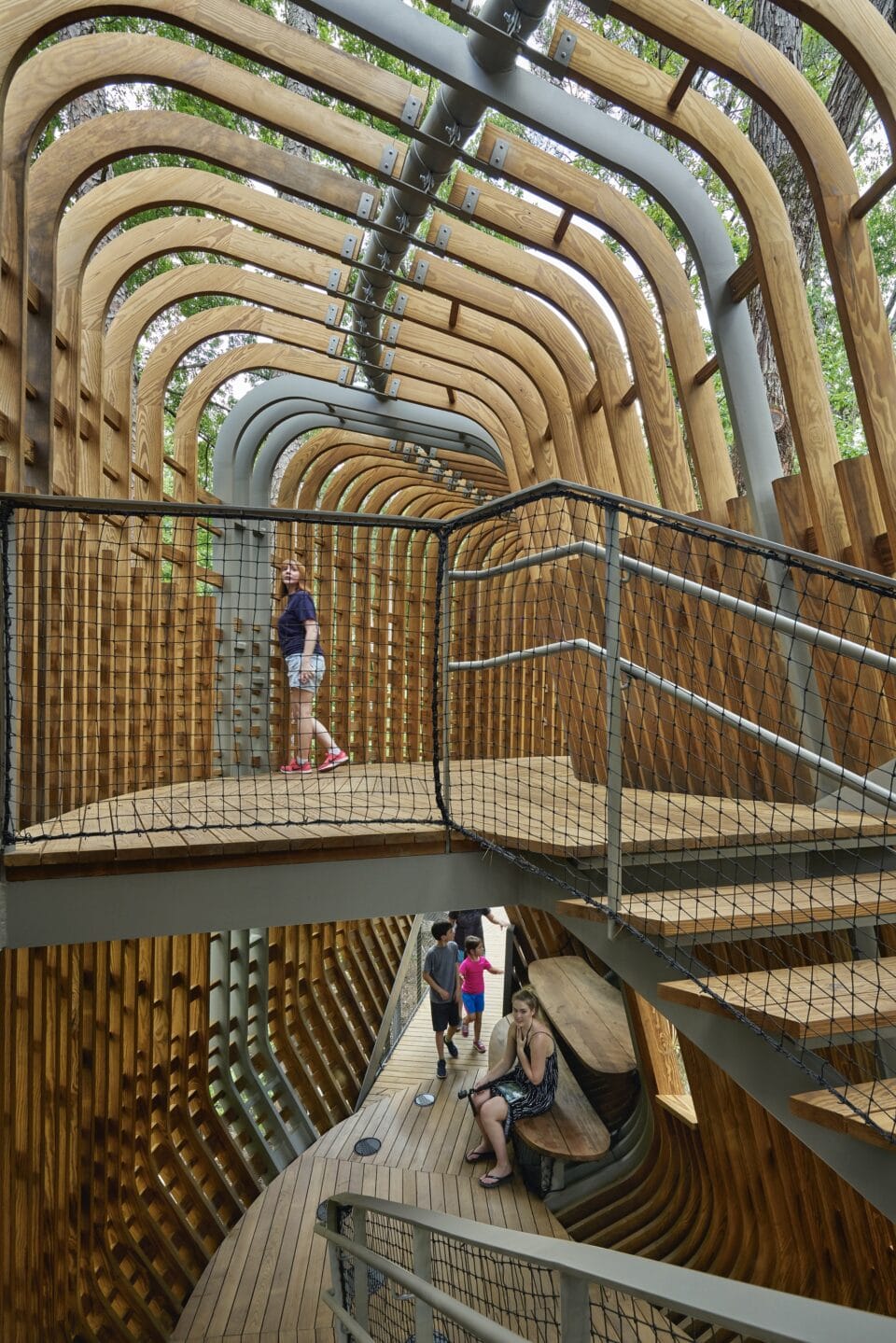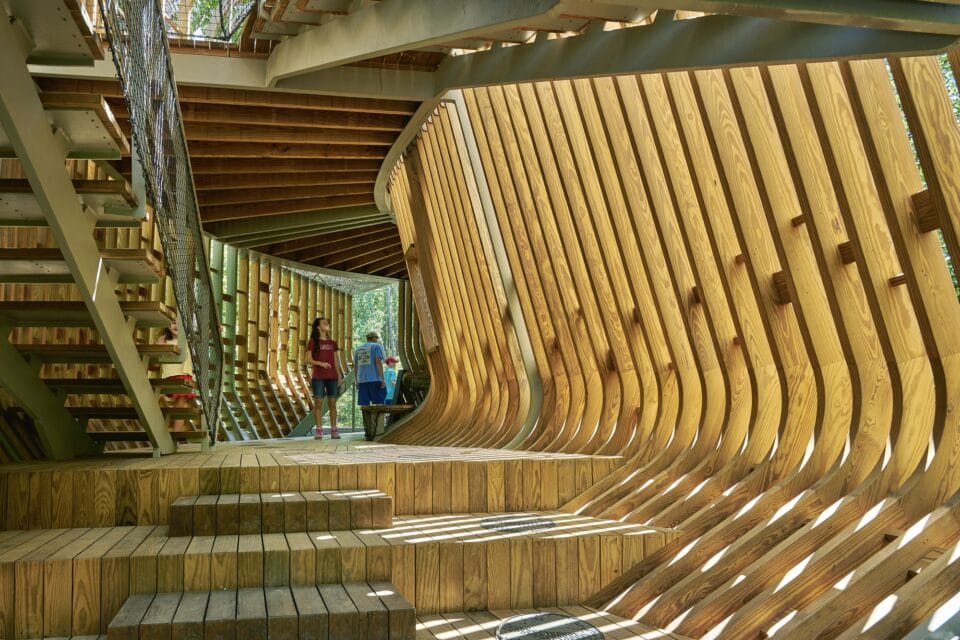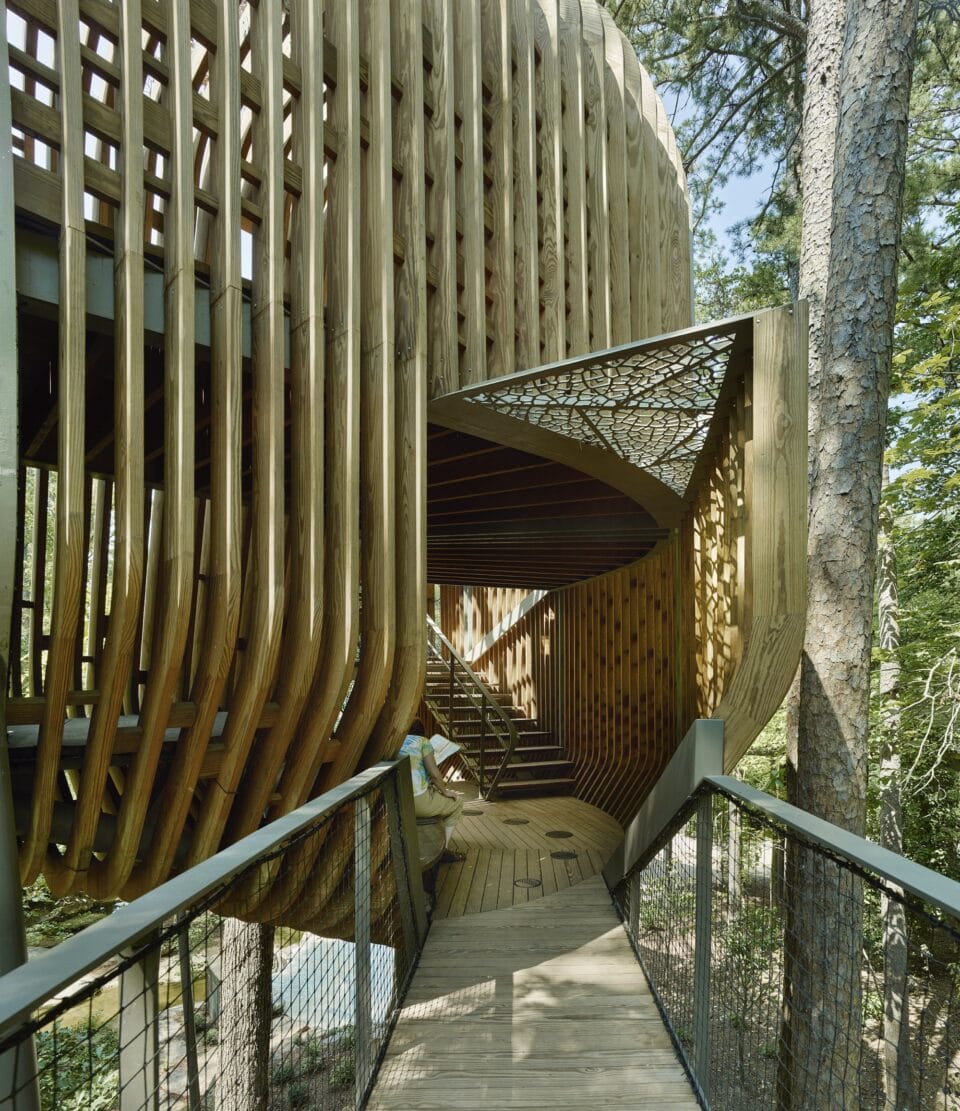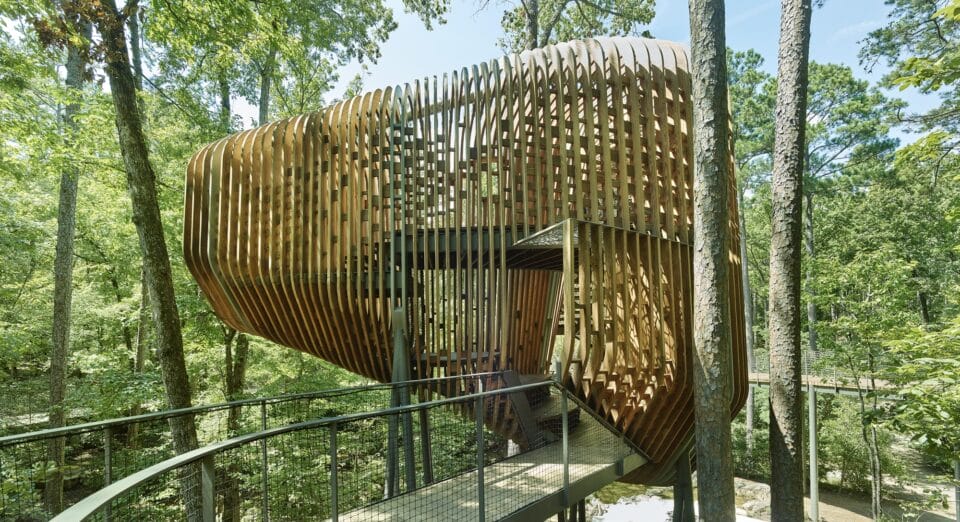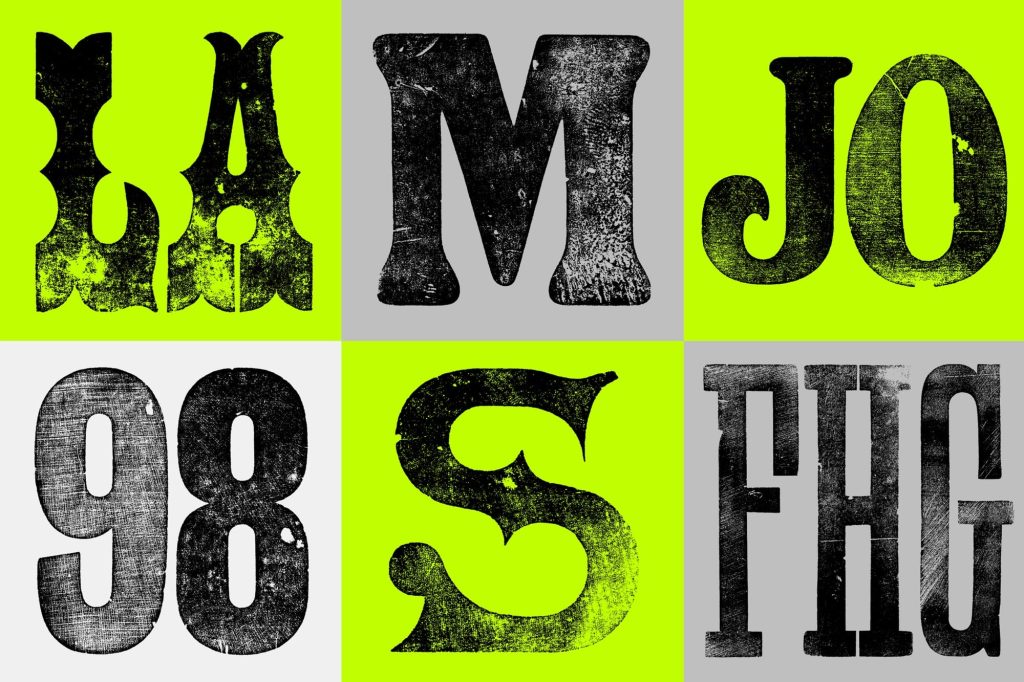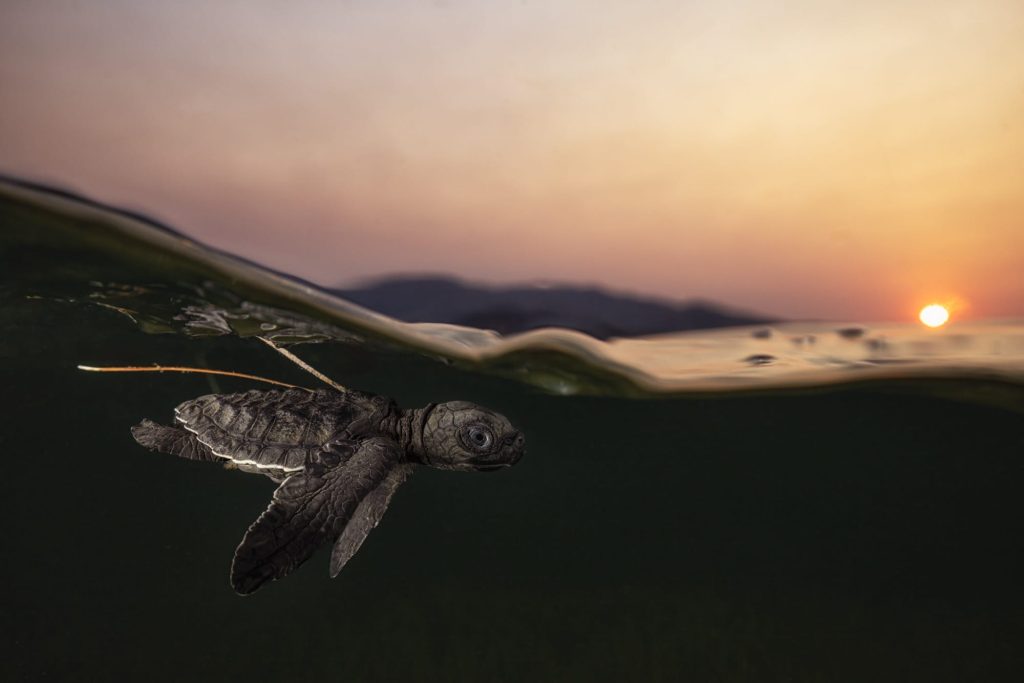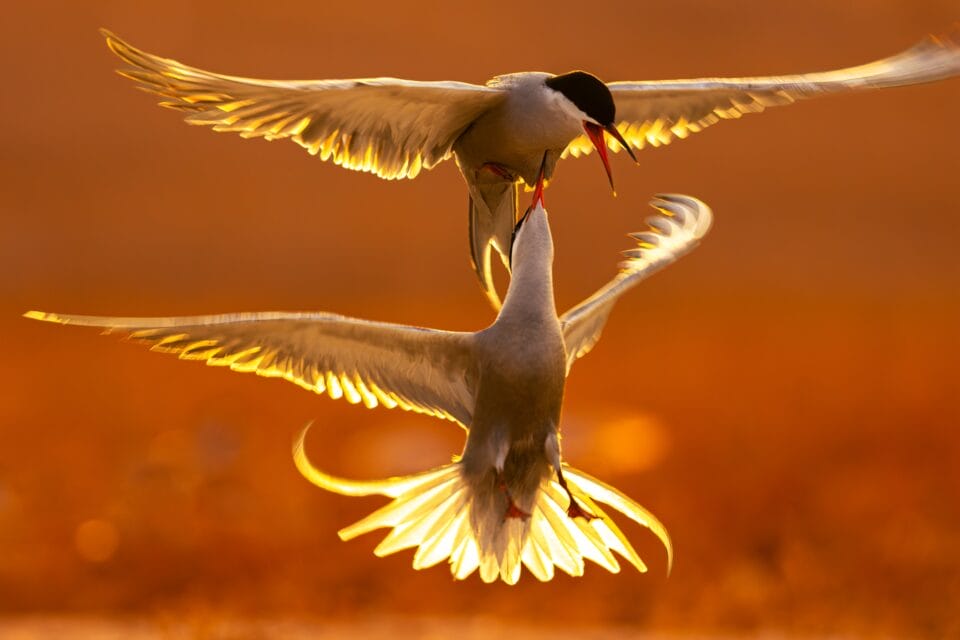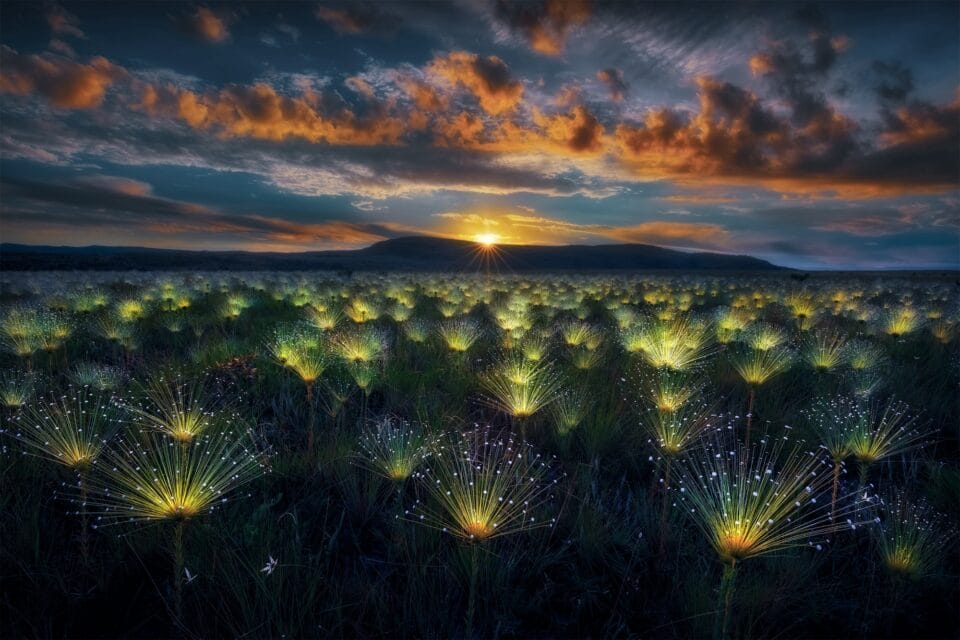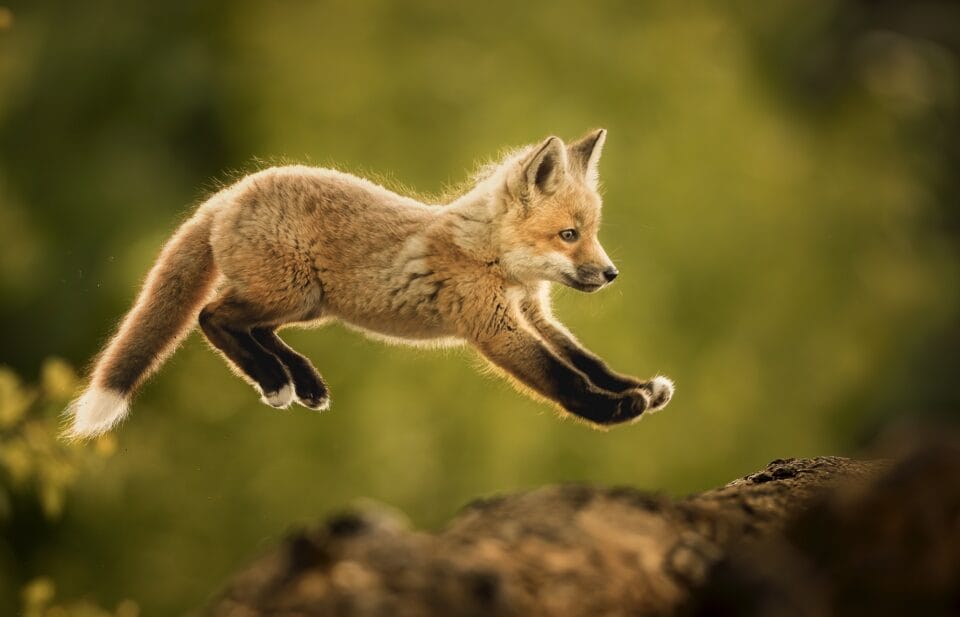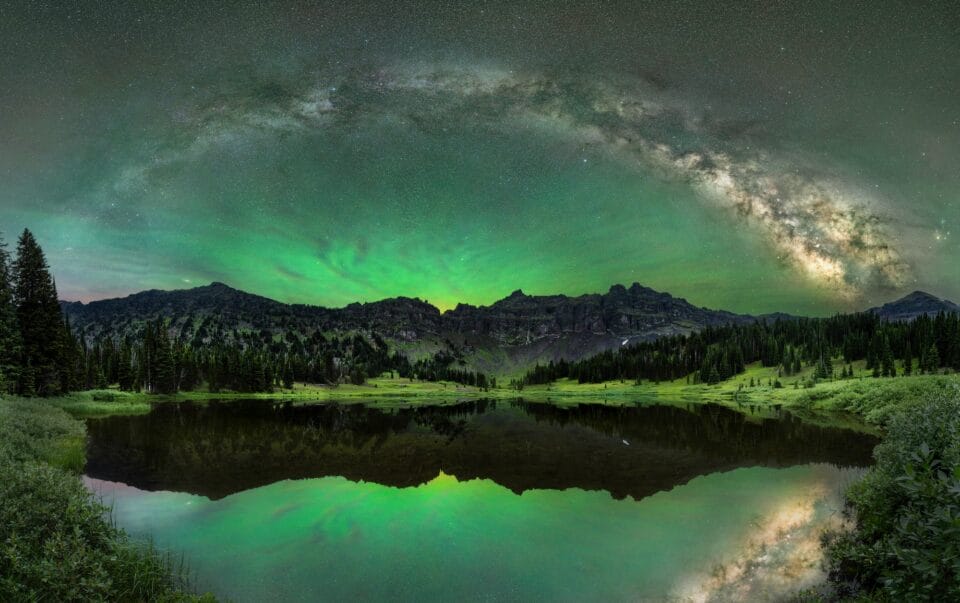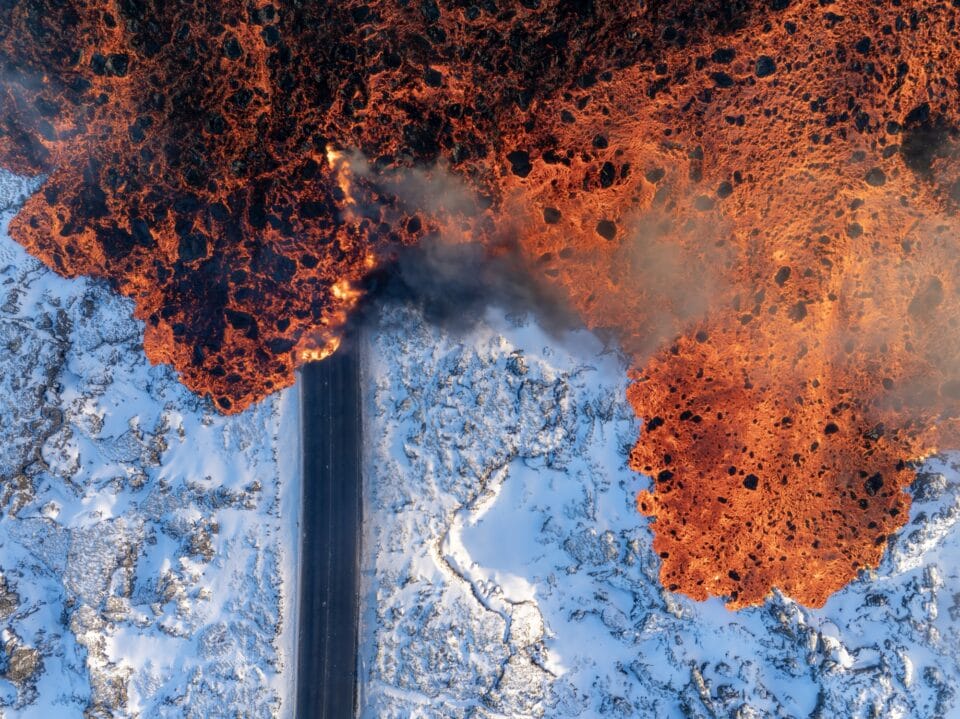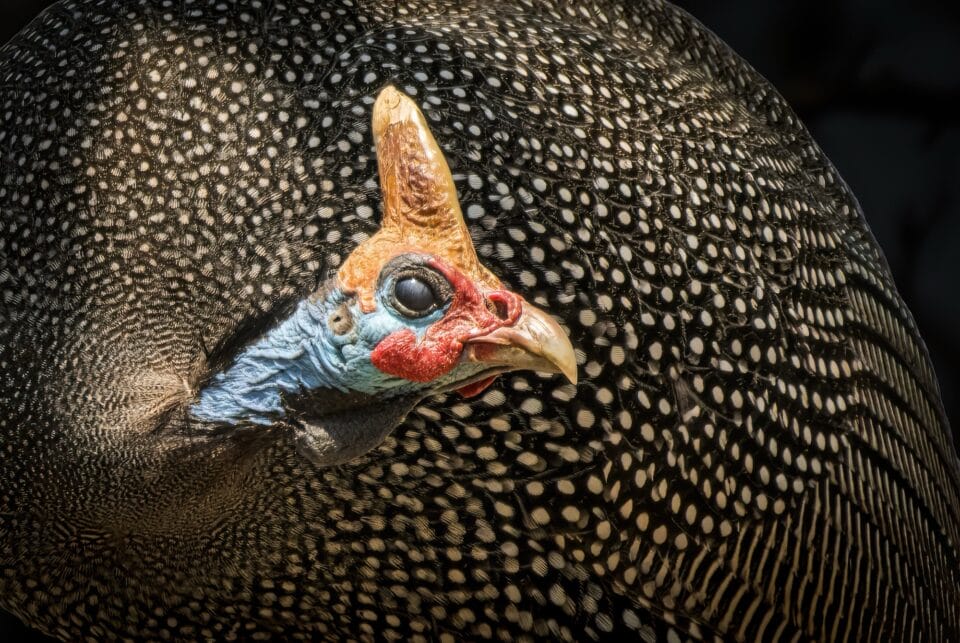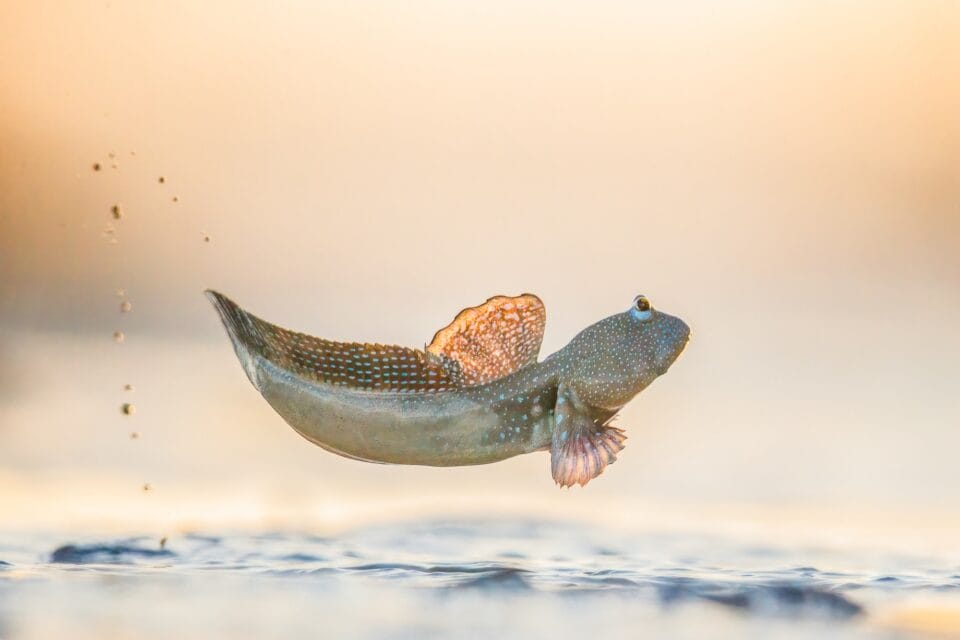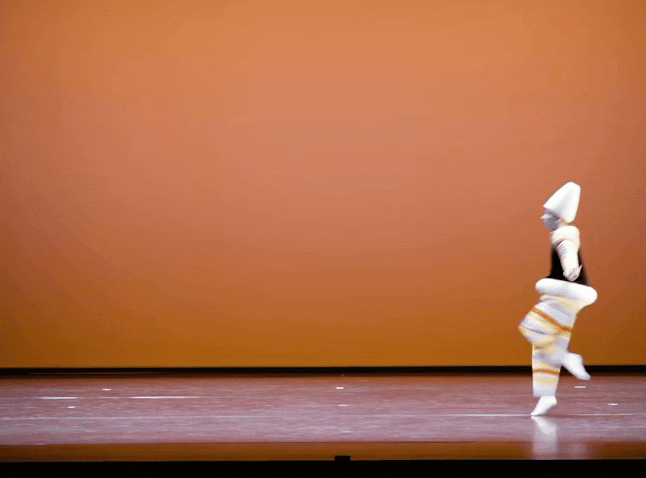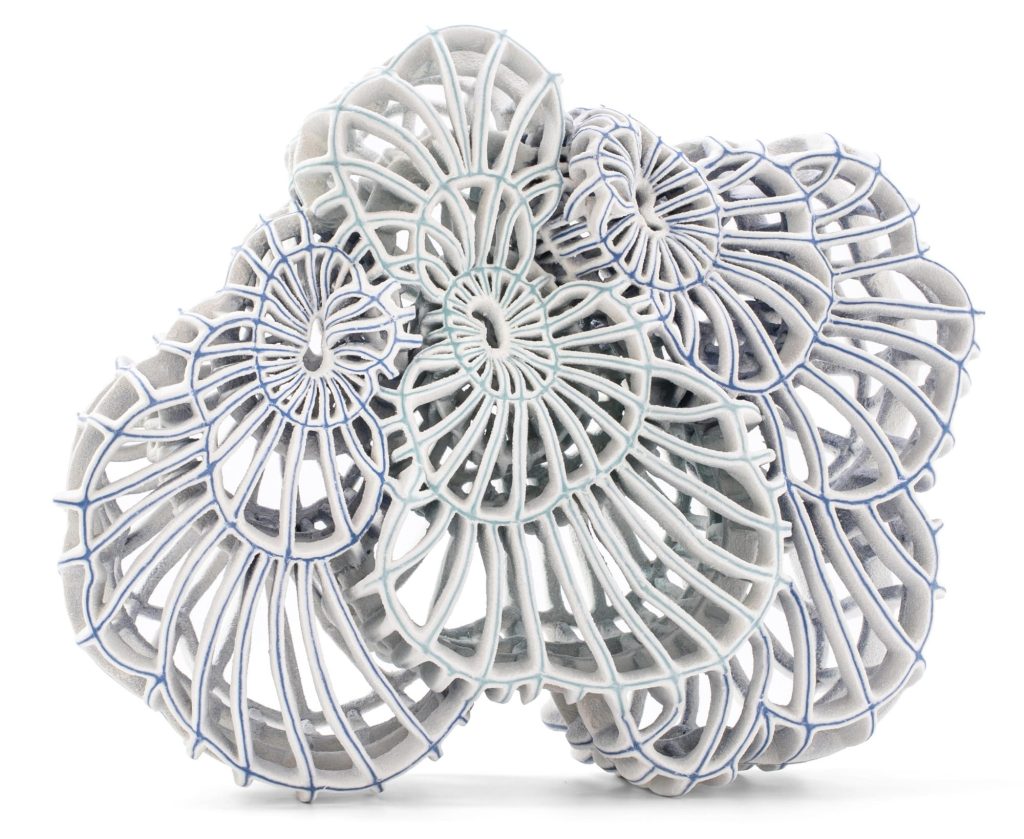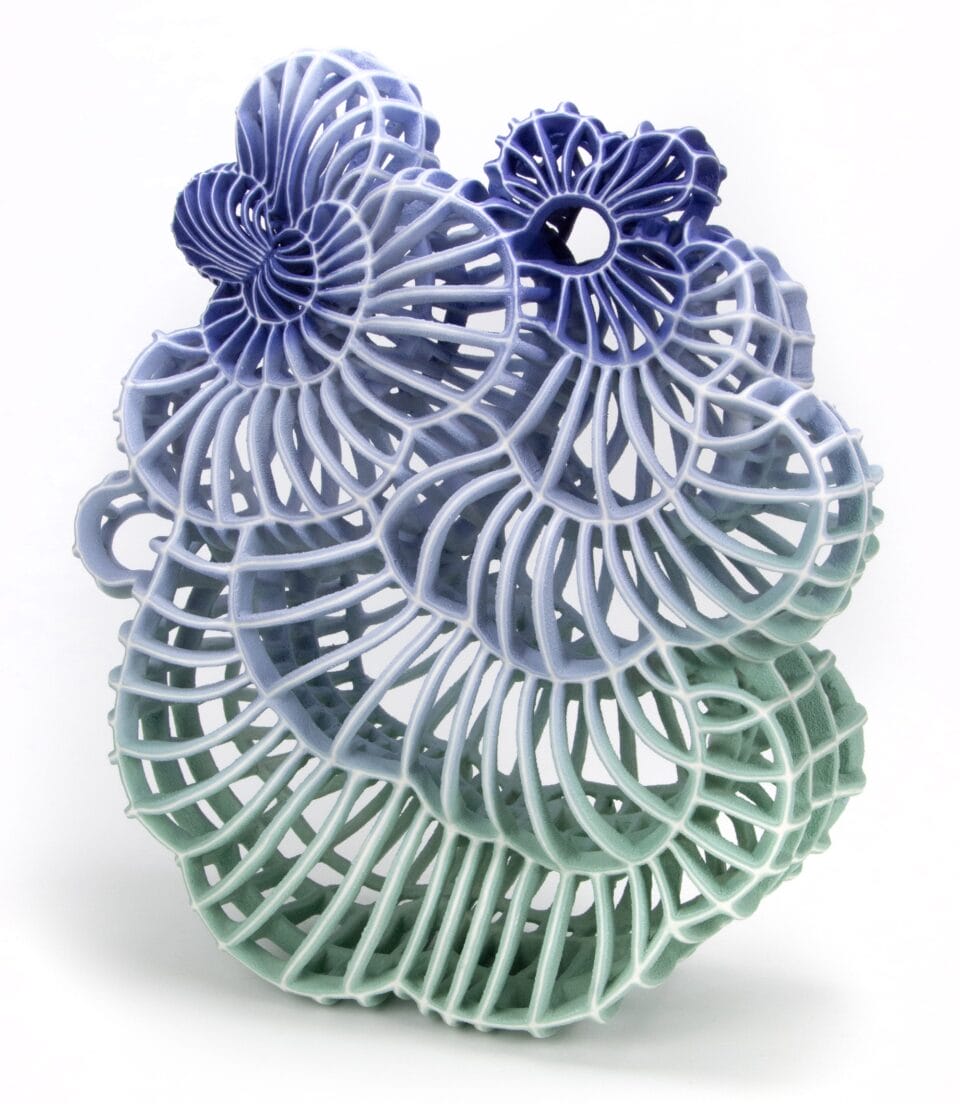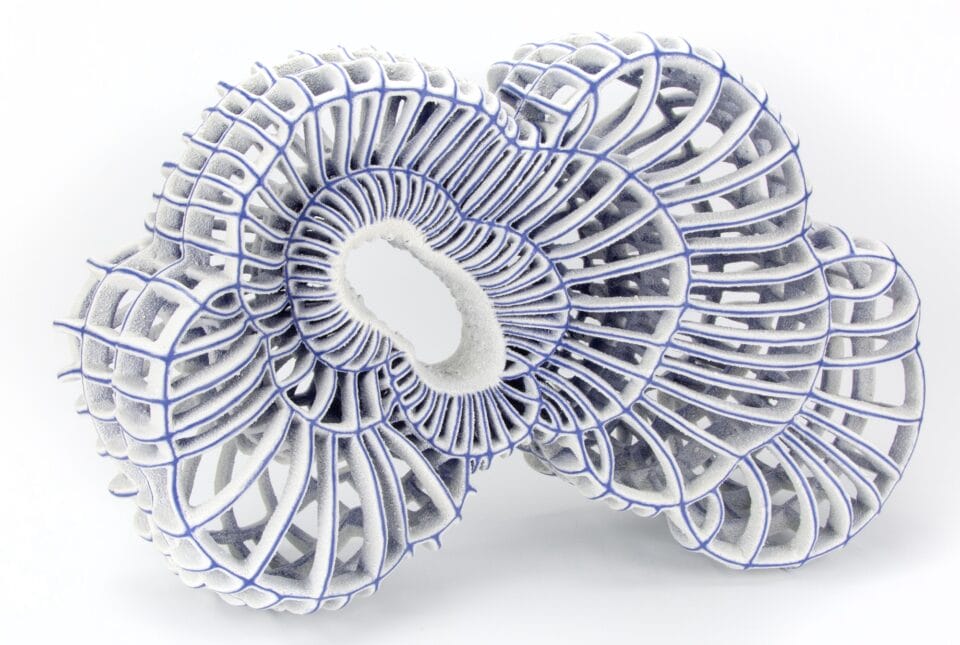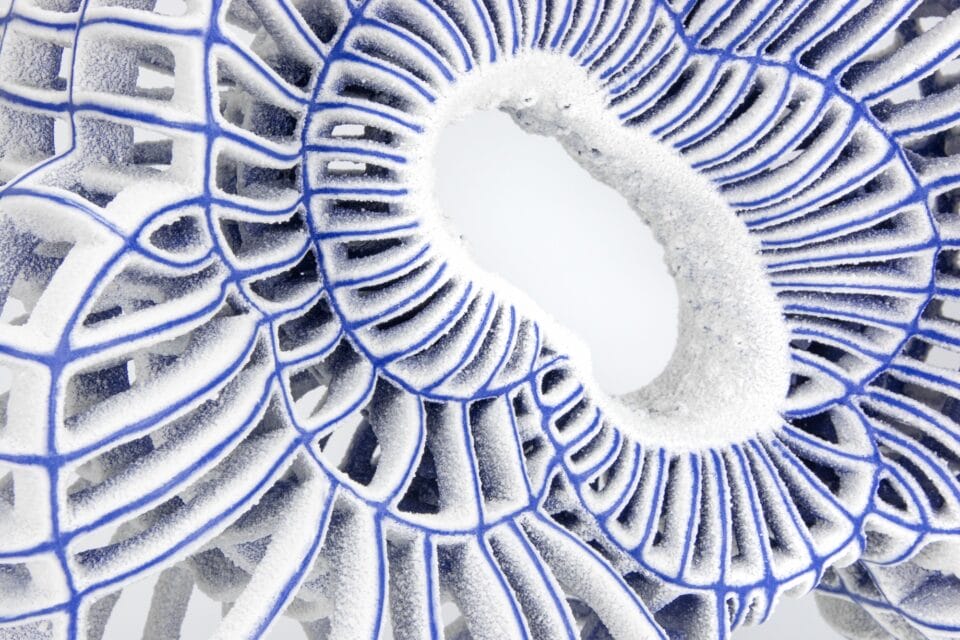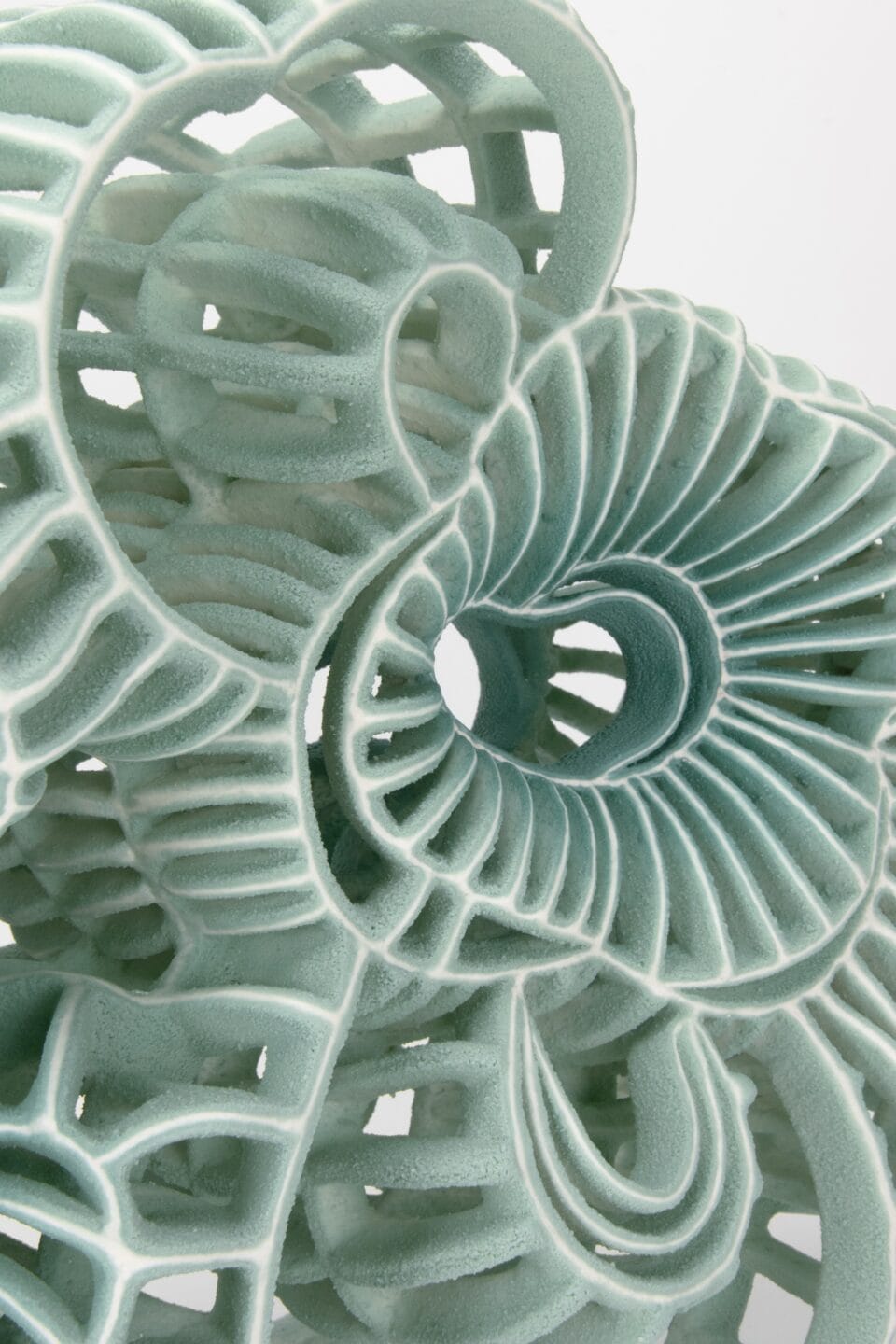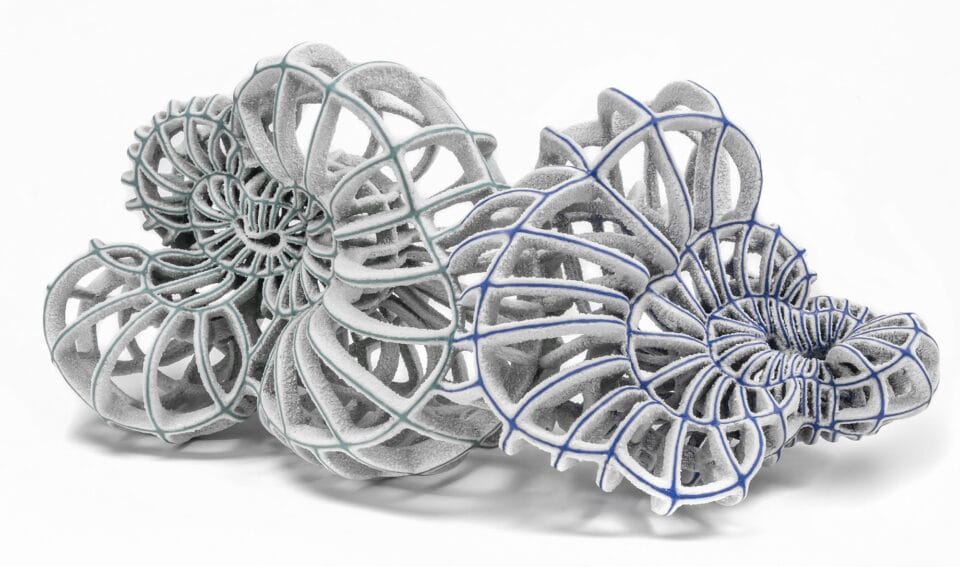
Many of us are familiar with titans of the Dutch Golden Age like Frans Hals, Johannes Vermeer, Rembrandt, Jan Steen, and more. Yet fewer of us have probably heard of Rachel Ruysch (1664-1750), renowned during her lifetime for her original style but under-acknowledged through the centuries in the canon of Western art history.
Co-organized by the Toledo Museum of Art, the Museum of Fine Arts, Boston, and the Alte Pinakothek, Munich, the first major U.S. exhibition of the artist’s work, Rachel Ruysch: Nature into Art, introduces audiences to the breadth of her remarkable paintings.
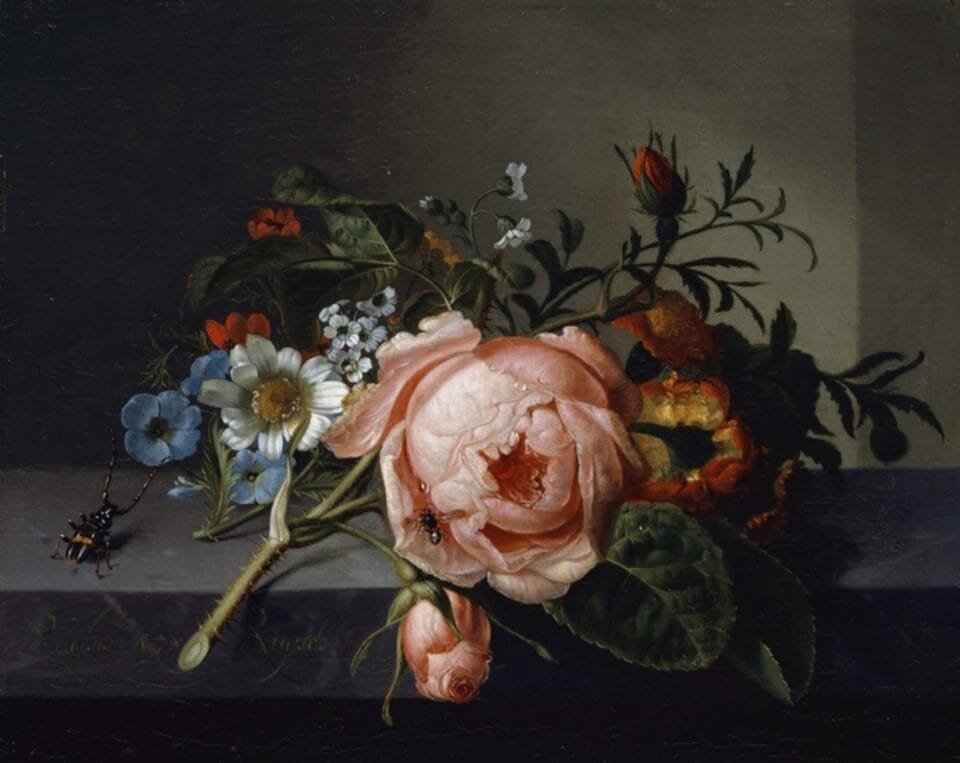
During her seven-decade career, Ruysch was the first woman admitted to the Confrerie Pictura, The Hague painters’ society, and she was appointed court painter in Düsseldorf to Johann Wilhelm, Elector Palatine. She rose to become one of the highest-paid artists of her day. In a foreword for the exhibition catalog, the directors explain that “Ruysch achieved fame across Europe in her lifetime, but her oeuvre was little studied by art historians in subsequent centuries. She has never been the subject of a major exhibition—until now.”
Art historians consider Ruysch to be among the most talented still life artists of the era, and by the time she died at 86, she had produced hundreds of paintings. Nature into Art includes more than 90 international loans, including 48 of her most significant works.
The artist was born in The Hague, The Netherlands, to parents with backgrounds in science and design. Her father was a professor of botany and anatomy, and her mother was the daughter of an architect. The artist began painting when she was around 15, copying flower and insect specimens from her father’s collection.
As her artistic faculty grew, Ruysch taught her father and her sister Anna how to paint. She merged modern scientific observation with an incredible aptitude for capturing light, composition, and form, and she typically dated her paintings when she signed them, giving art historians a clear record of stylistic shifts and subject matter over time.
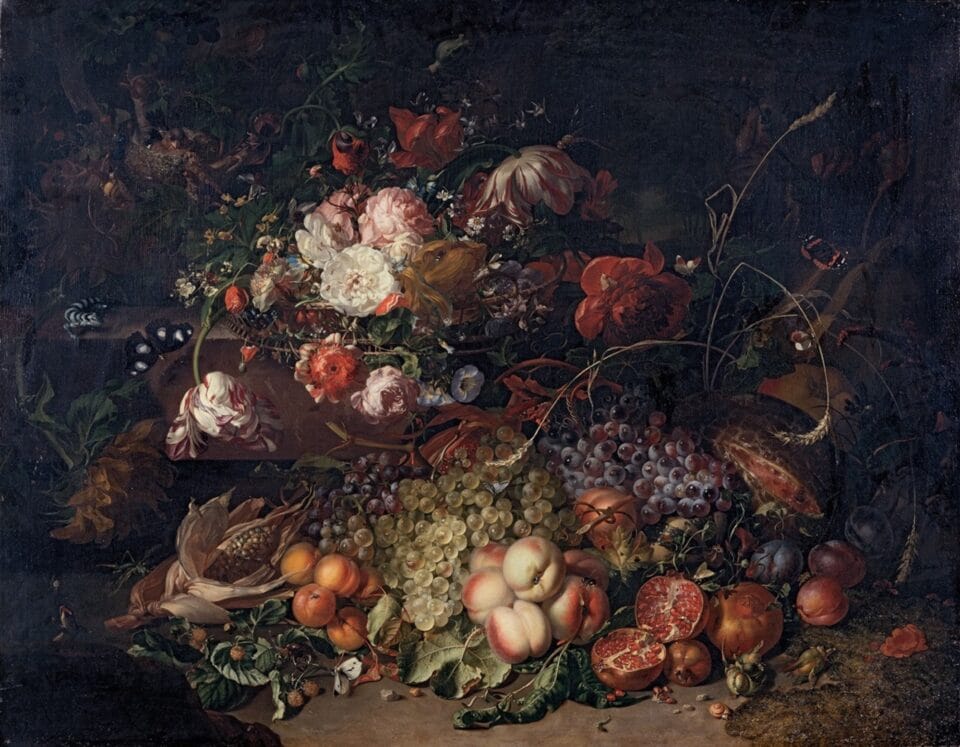
Ruysch’s success during her lifetime is attributed to both her unmistakable talent and the 17th-century Dutch fondness for flowers and gardening. Still life paintings of floral arrangements and tables heaping with food highlighted the beauty of nature and the gifts of plenty. The vanitas genre also sprung from the style, interpreting memento mori, Latin for “remember you must die,” into subtle, well-versed visual cues.
Motifs like skulls, insects, rotting fruit, or wilting flowers were symbolic reminders of the futility of pleasure, power, or wealth after death. For example, in Ruysch’s “Posy of Flowers, with a Beetle, on a Stone Ledge,” beetles and flies crawl over a spray of peonies and wildflowers that will soon wilt, and water droplets signify purity and the fleetingness of life.
Nature into Art runs from April 12 to July 17 in Toledo, traveling on to Boston afterward, where it opens on August 23.
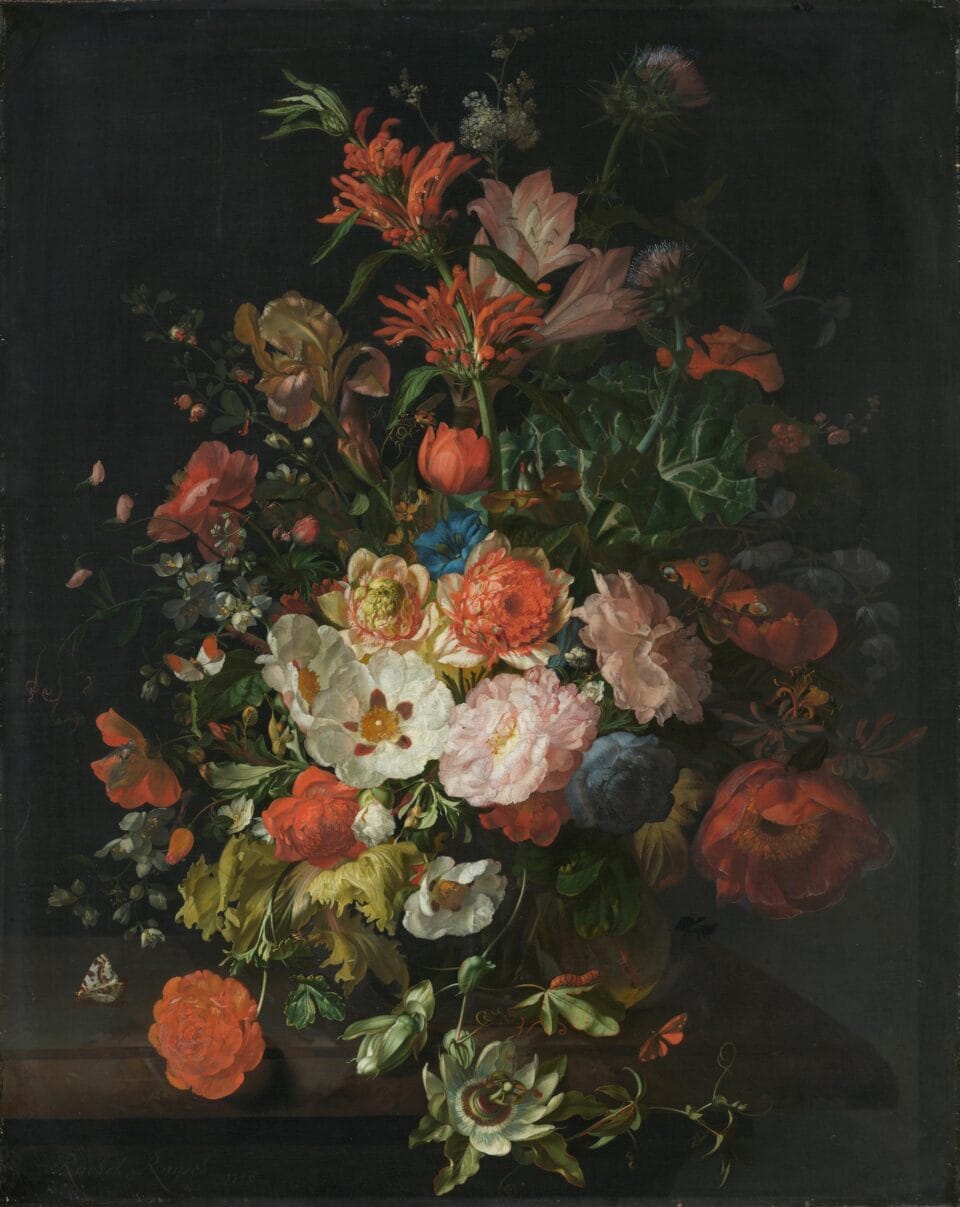
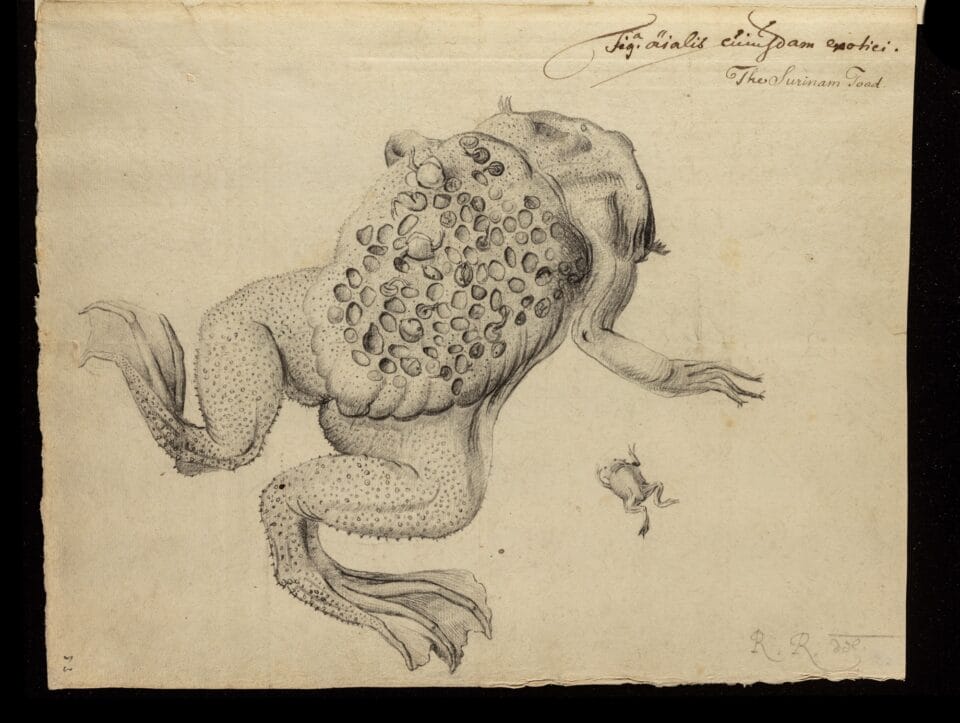
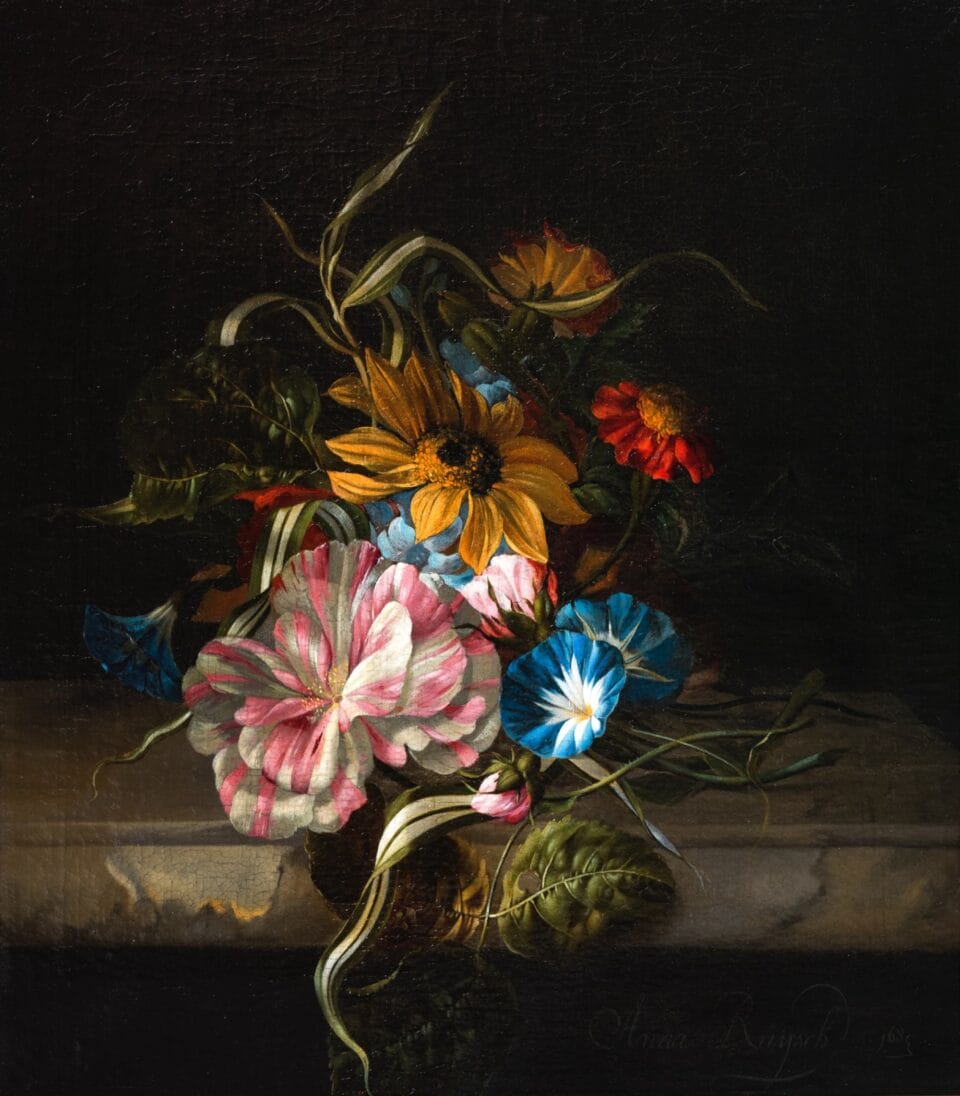
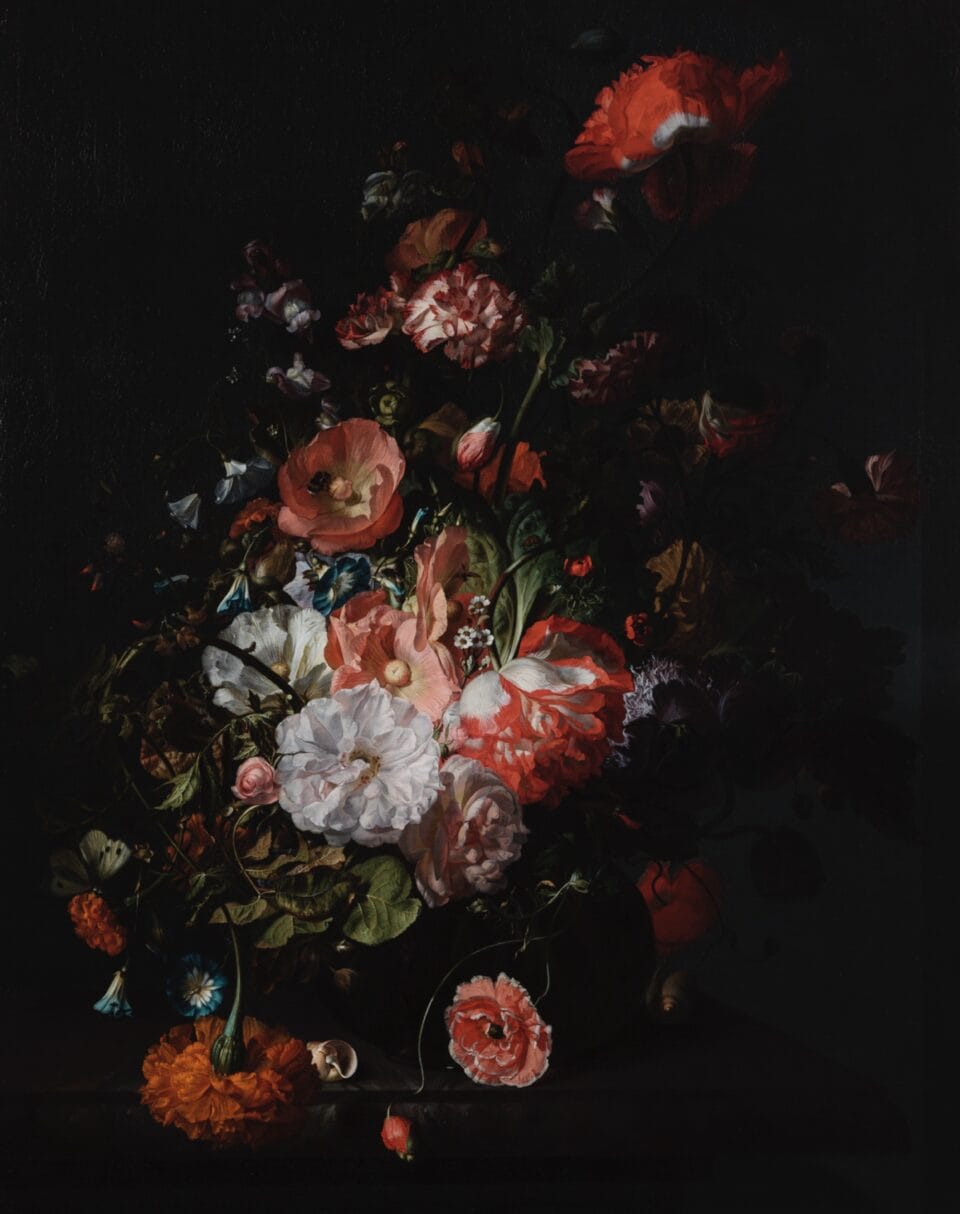
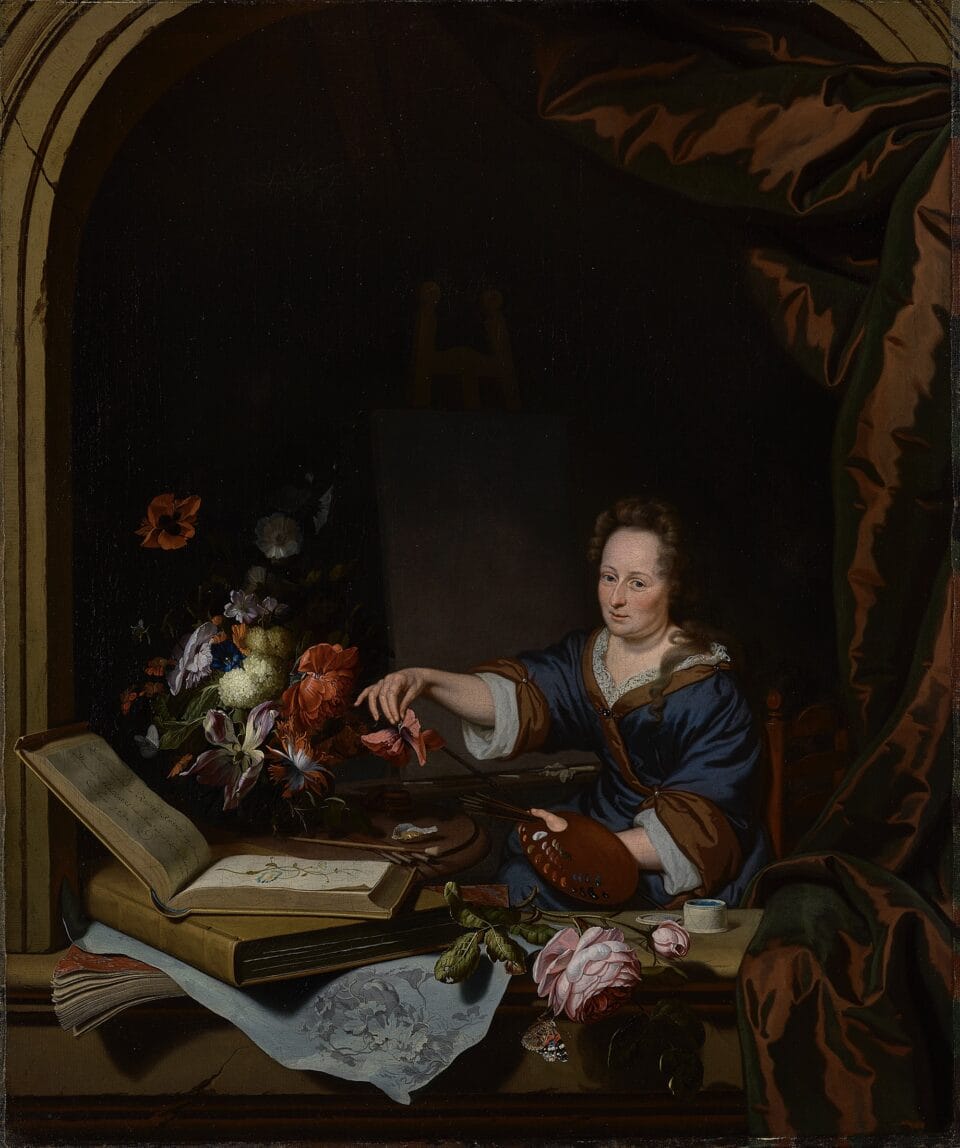
Do stories and artists like this matter to you? Become a Colossal Member today and support independent arts publishing for as little as $7 per month. The article Lauded Dutch Golden Age Painter Rachel Ruysch Gets Her First Major Survey in the U.S. appeared first on Colossal.

